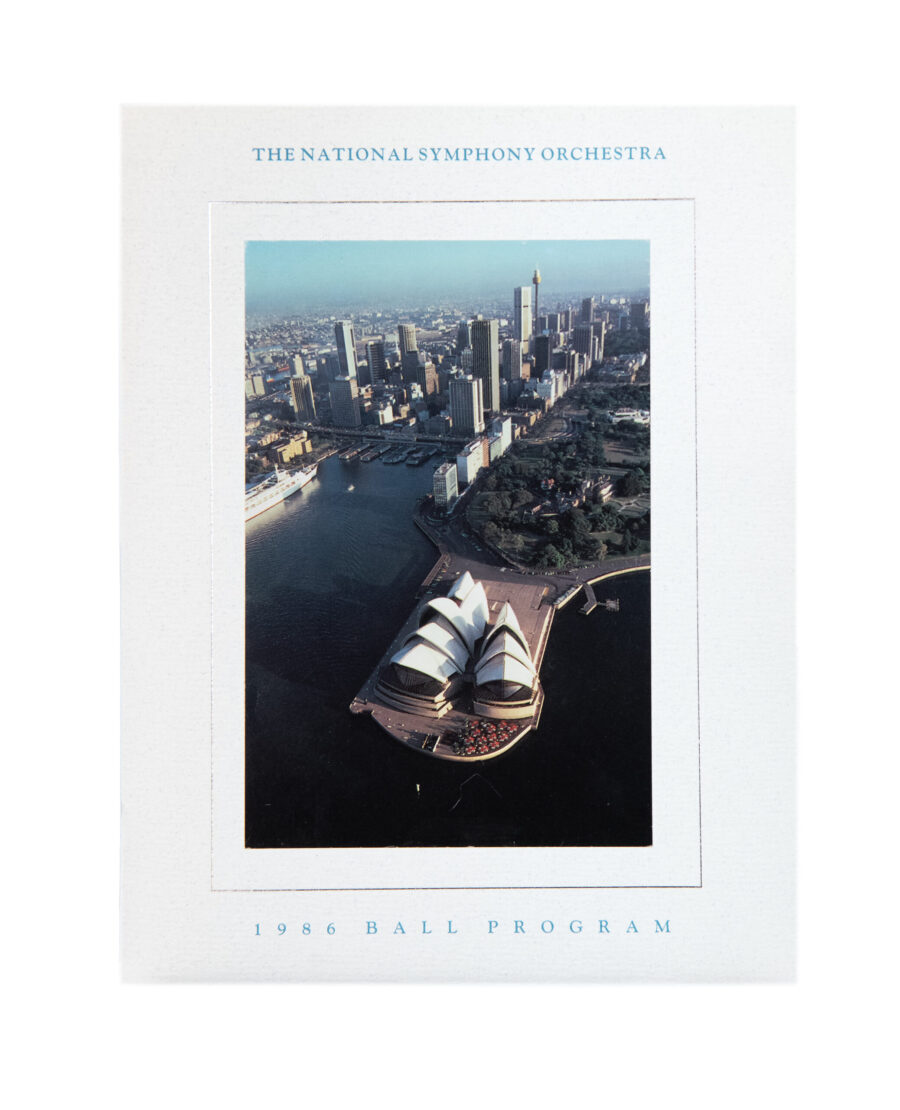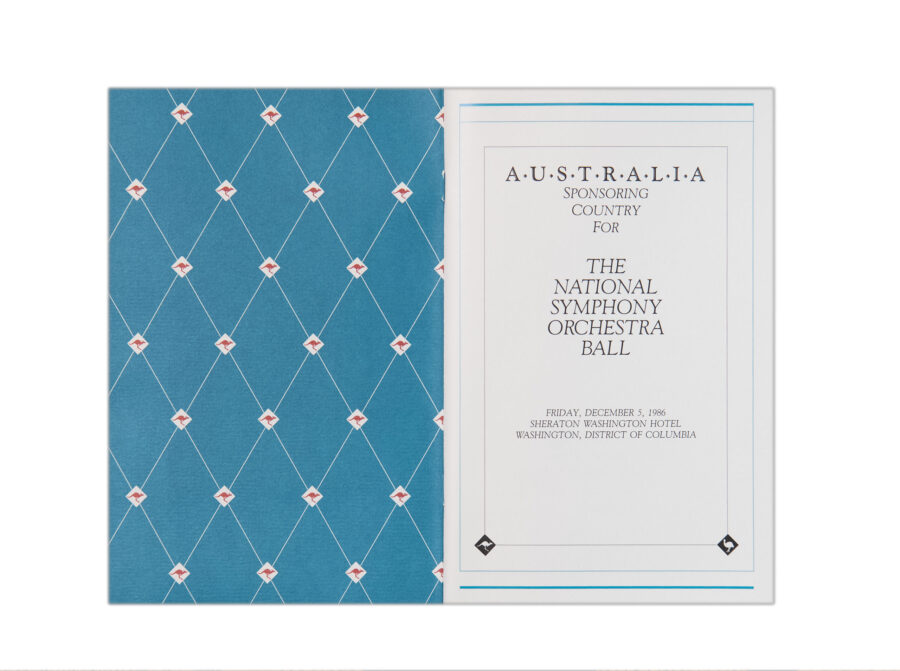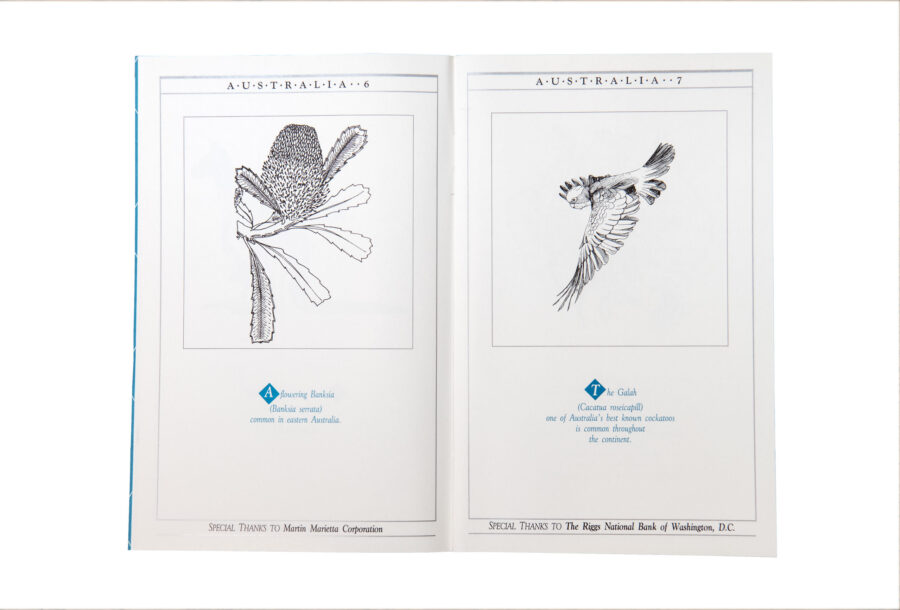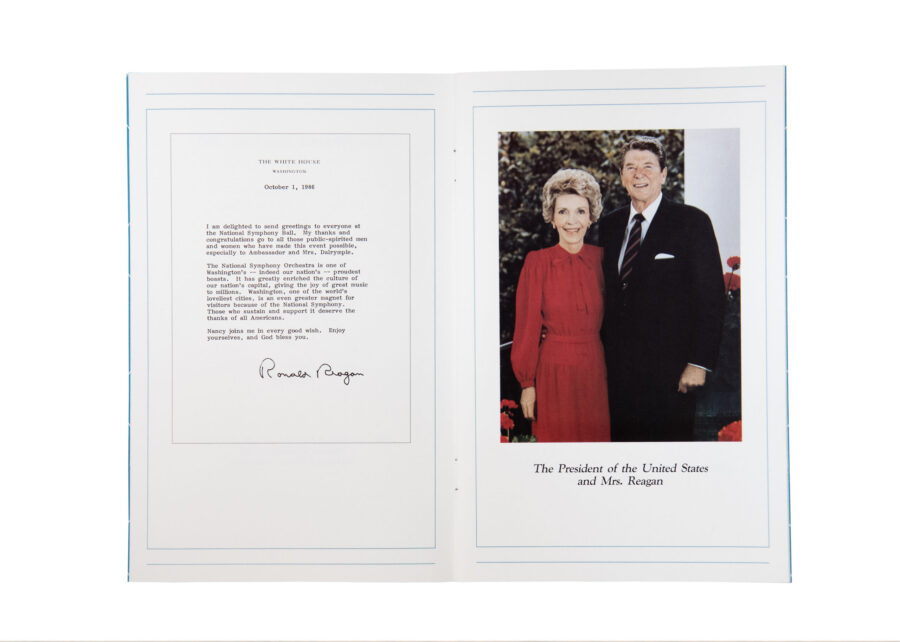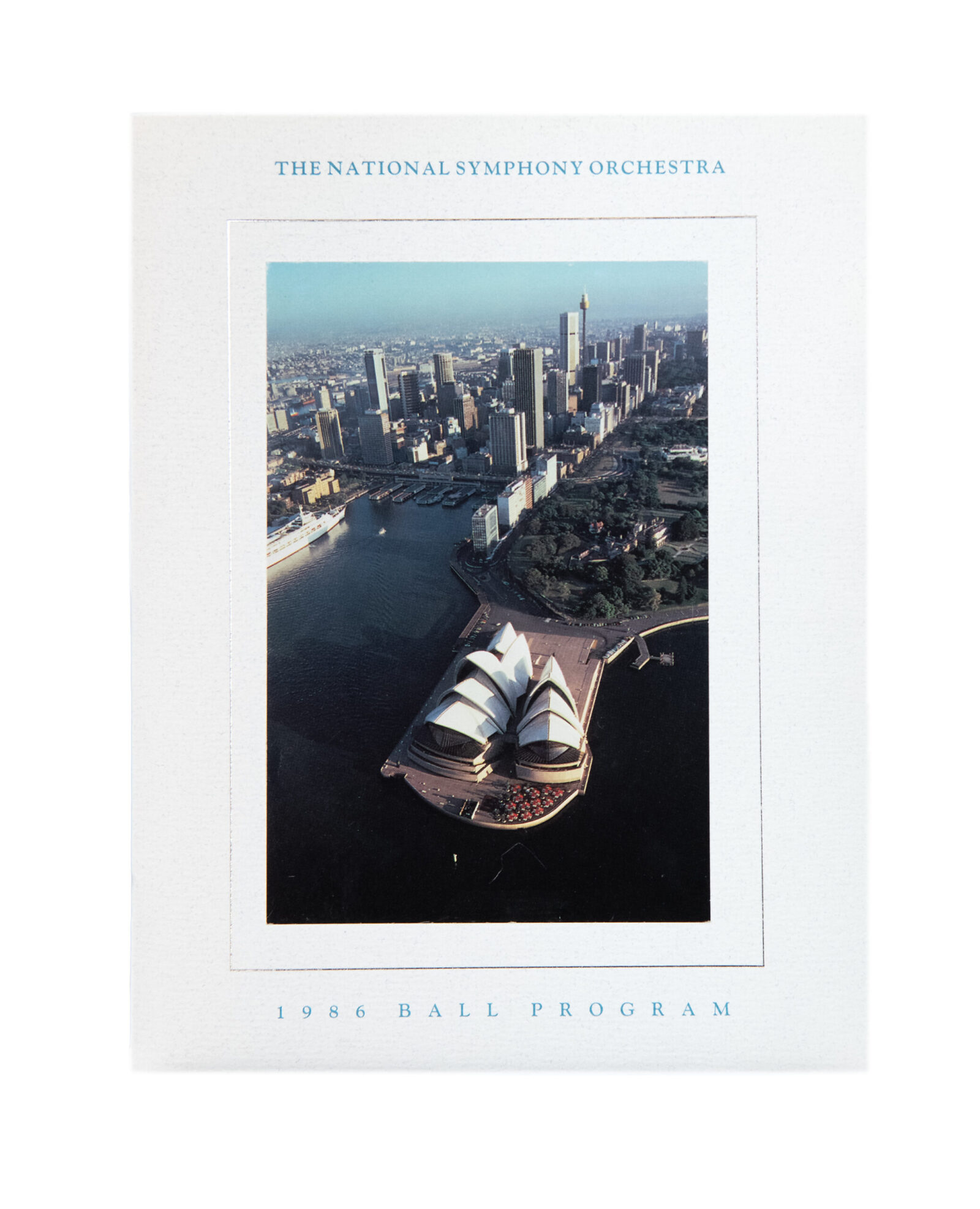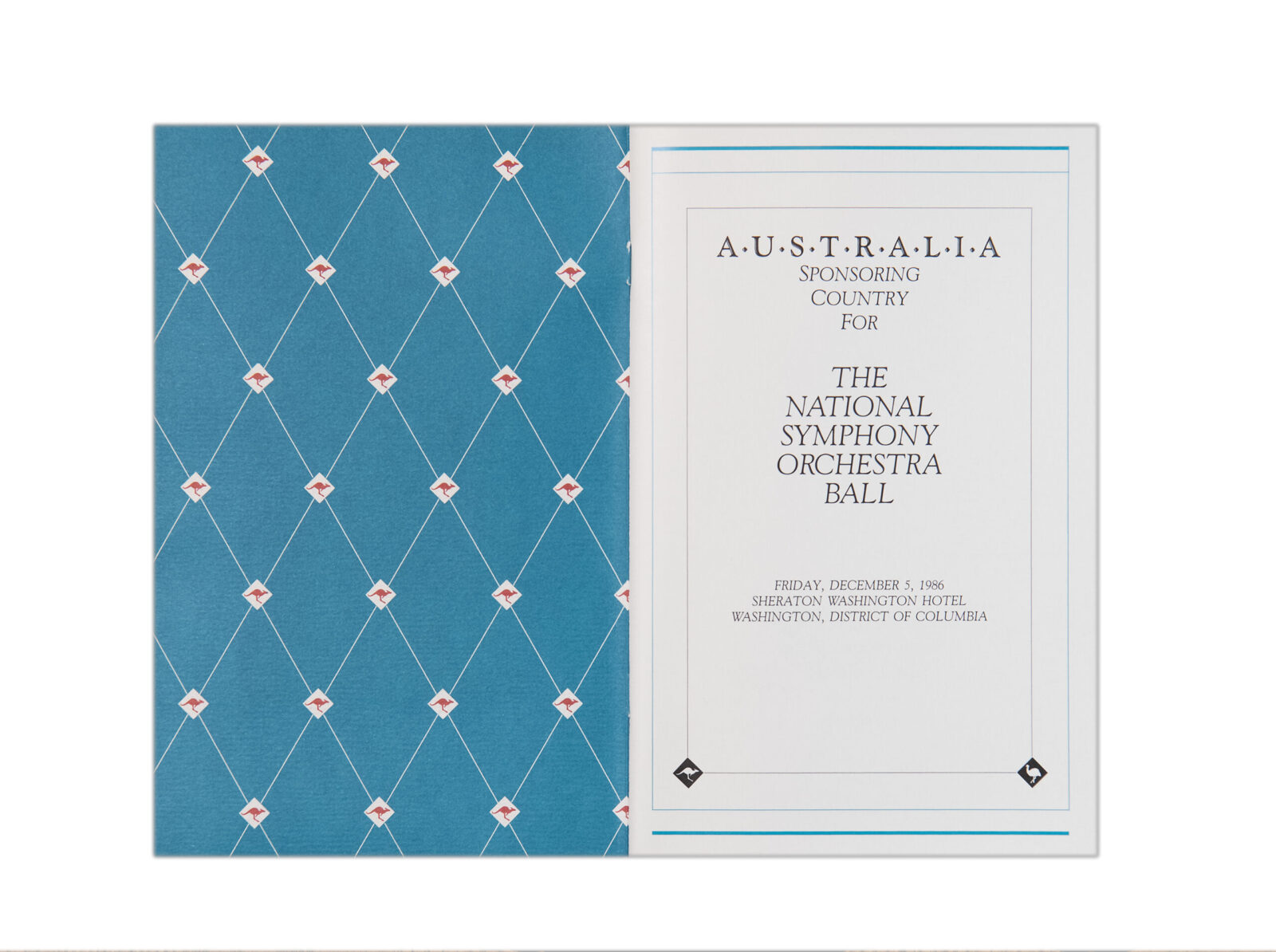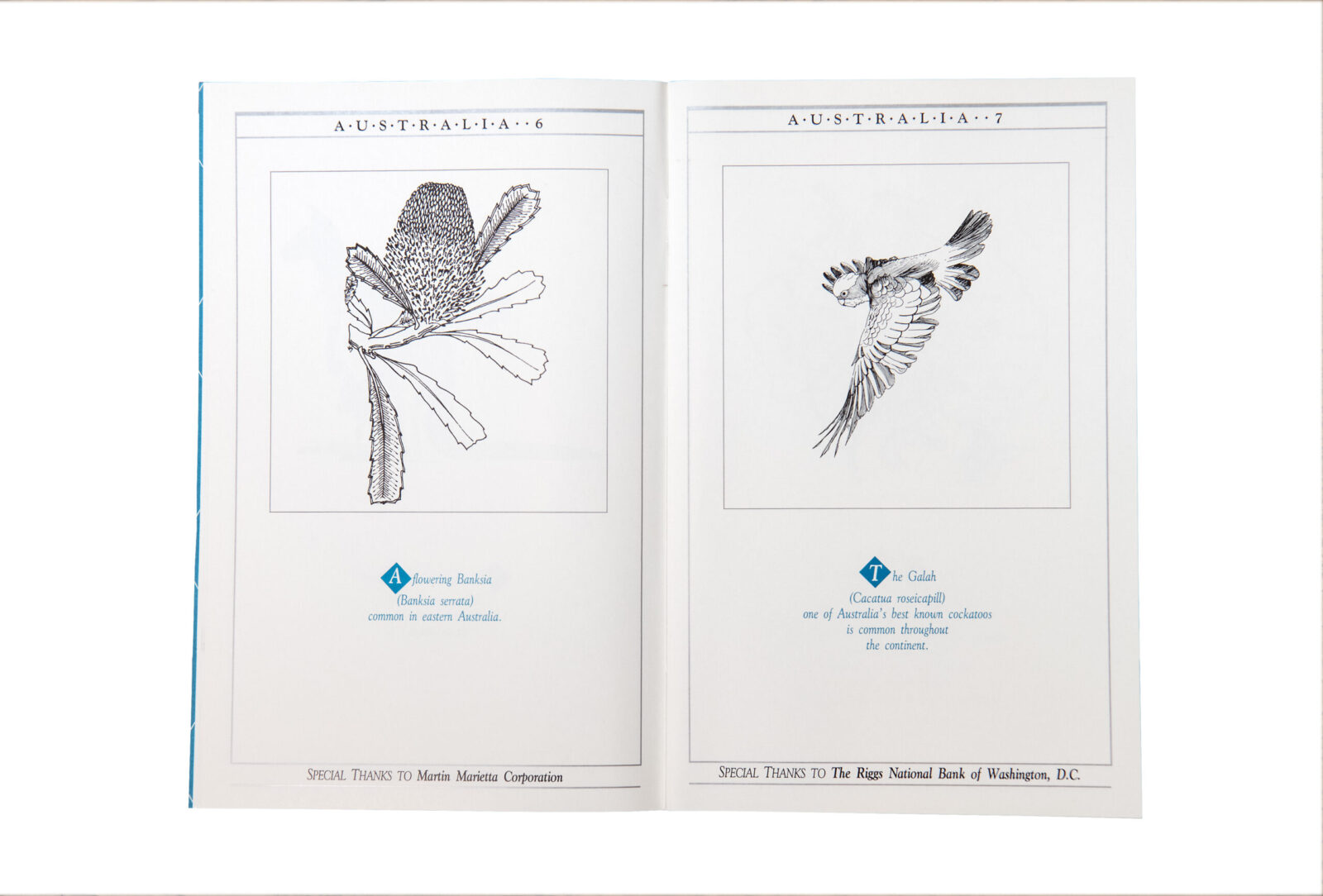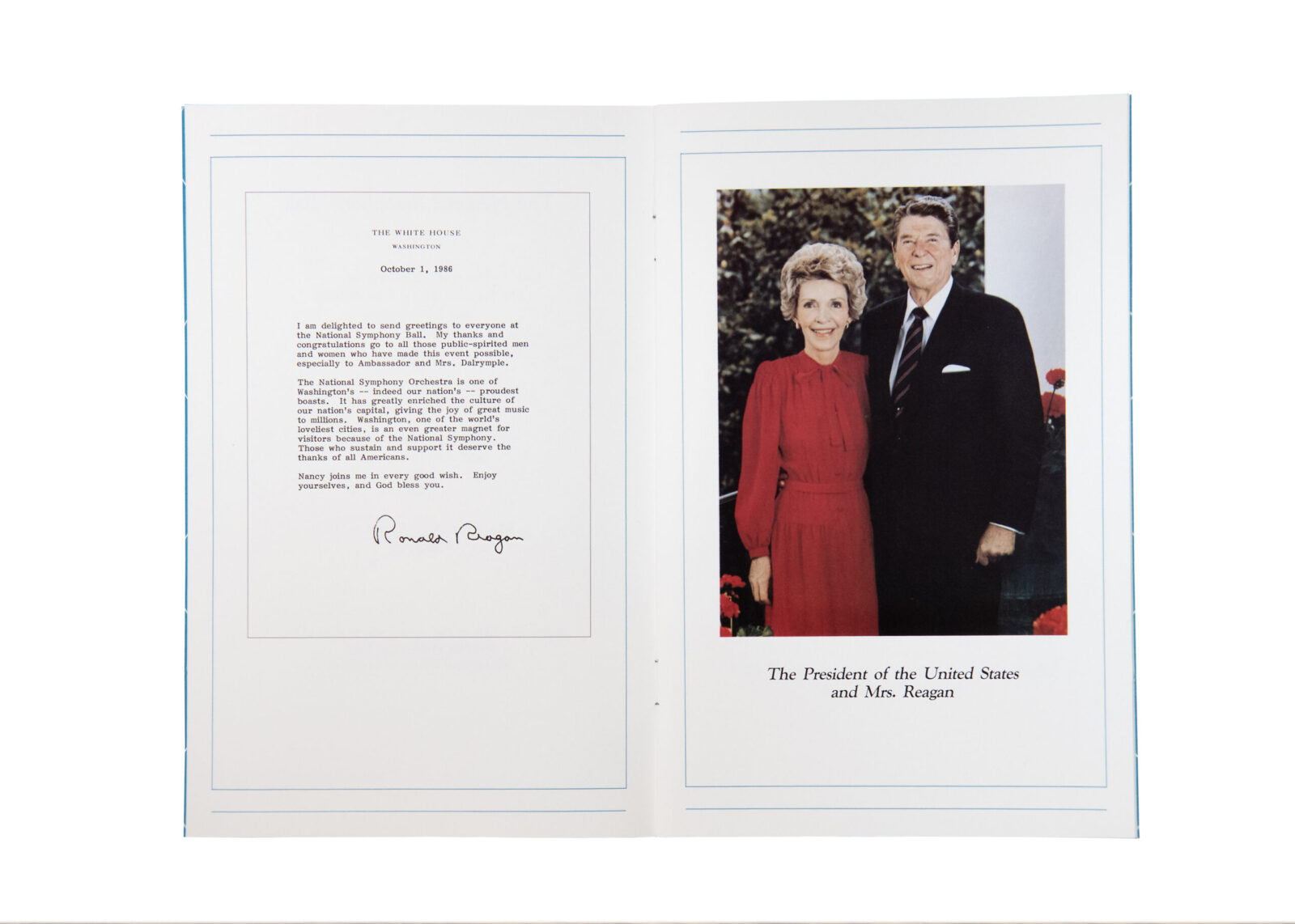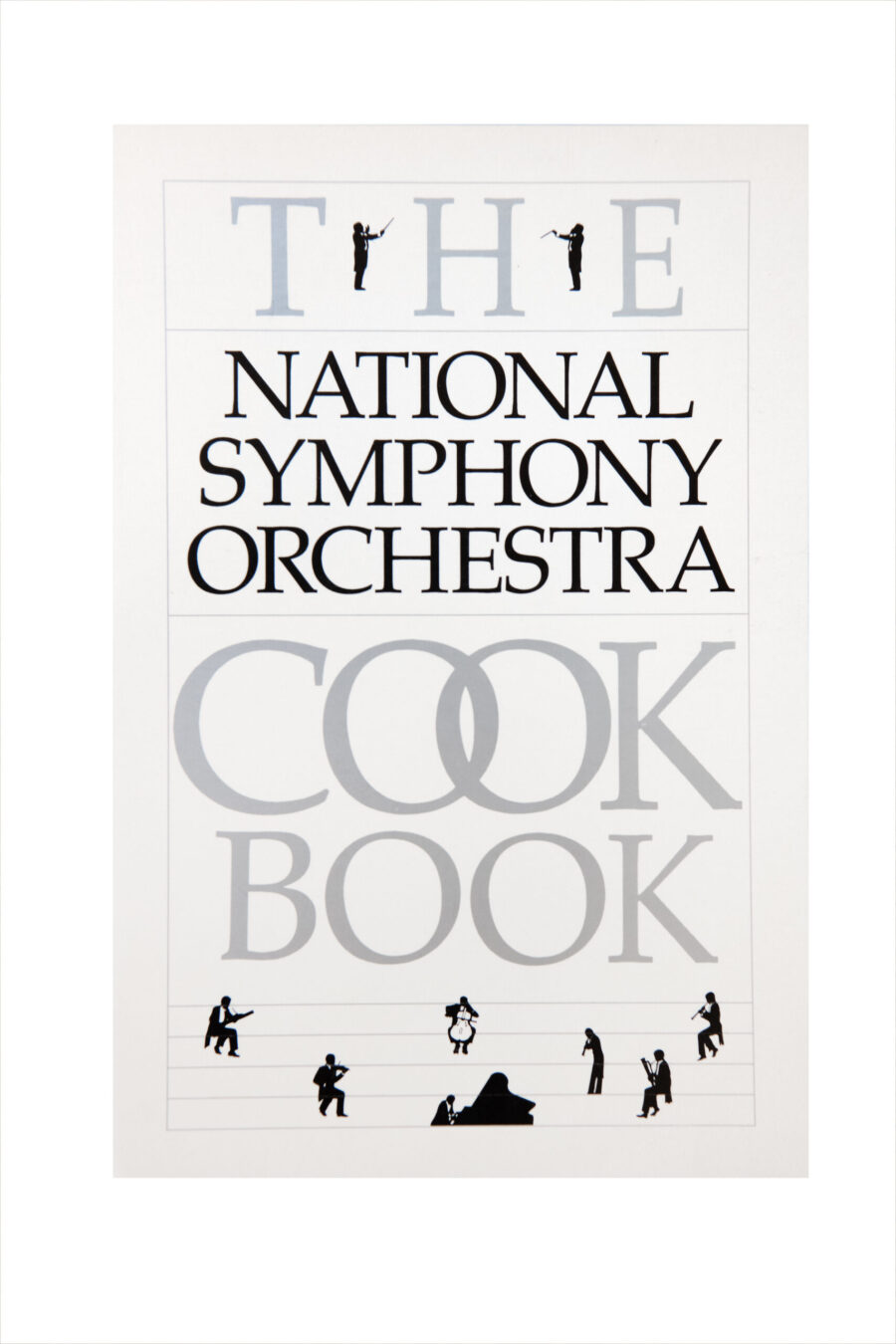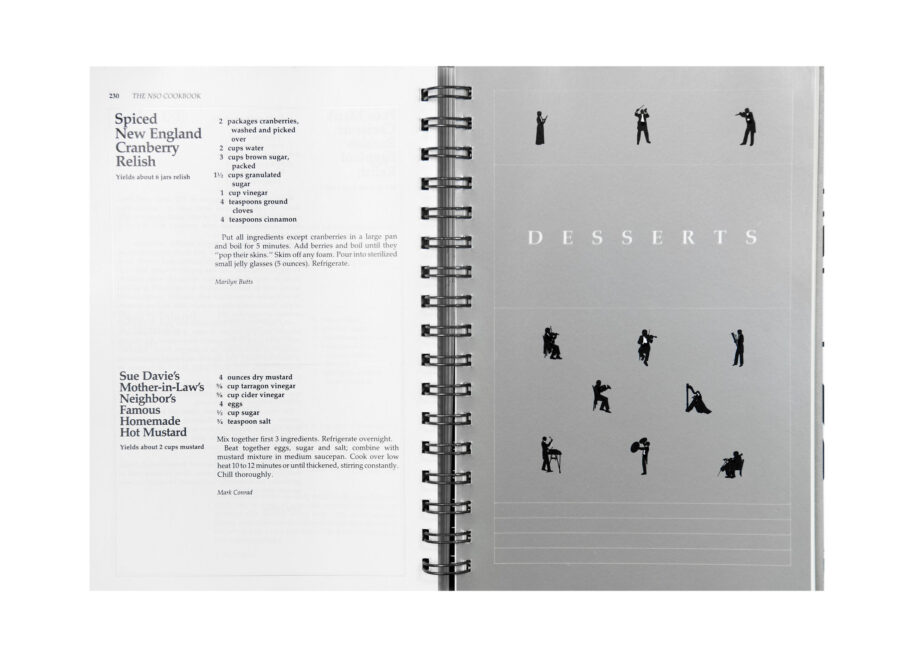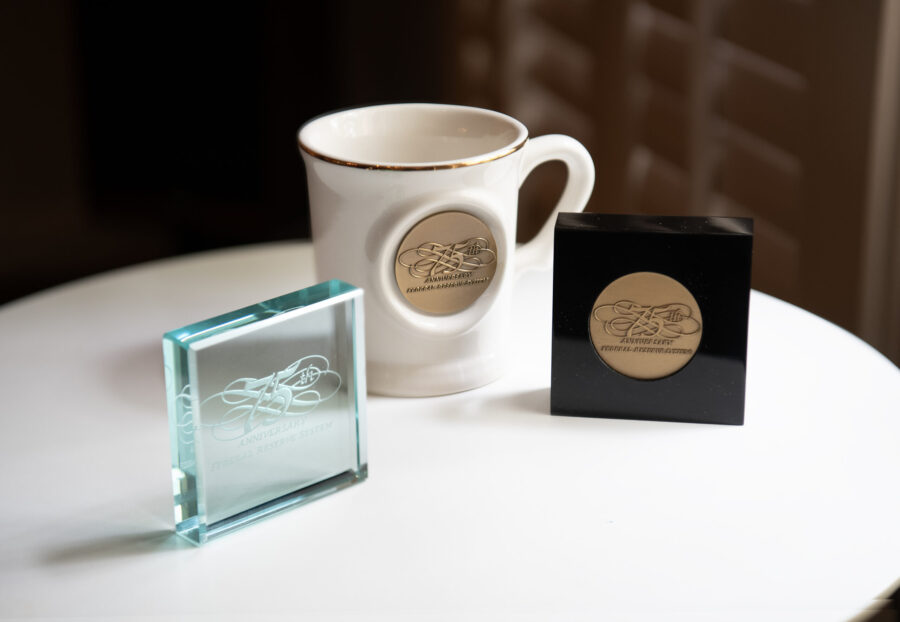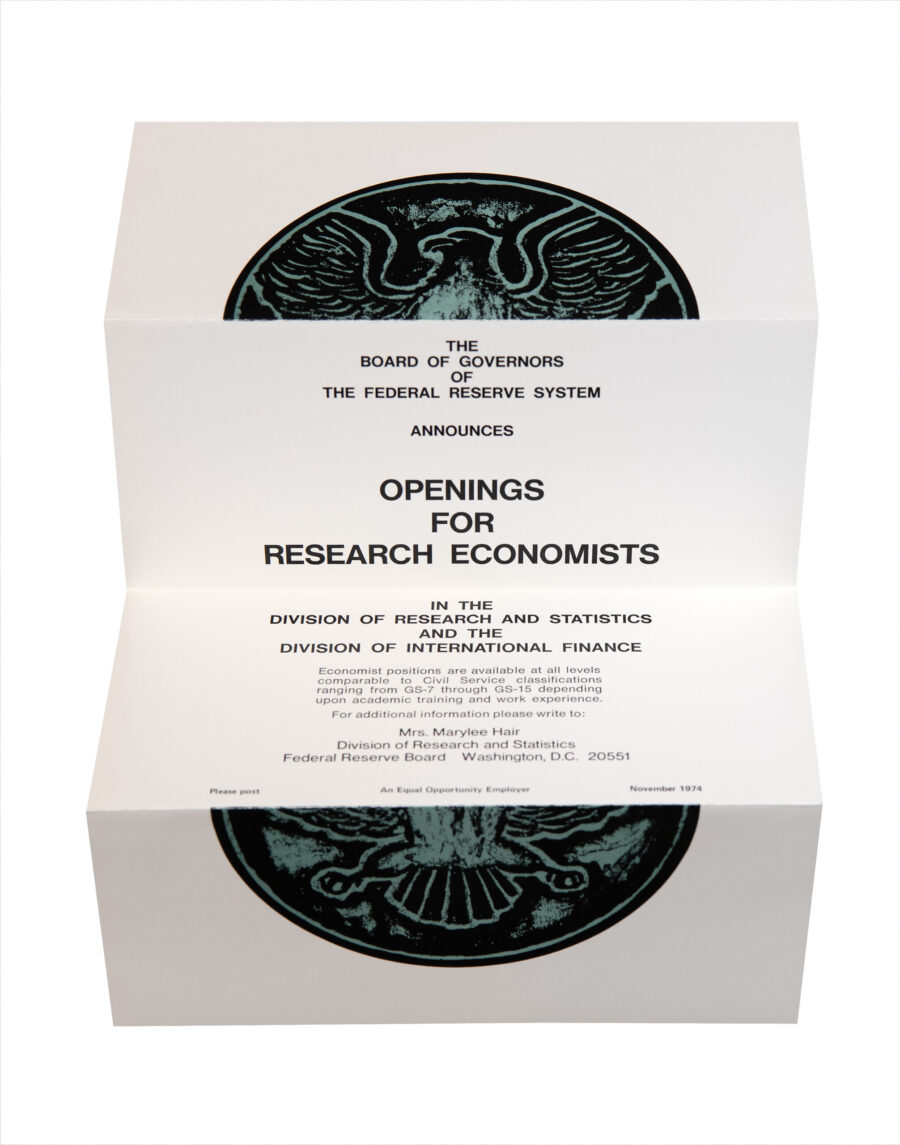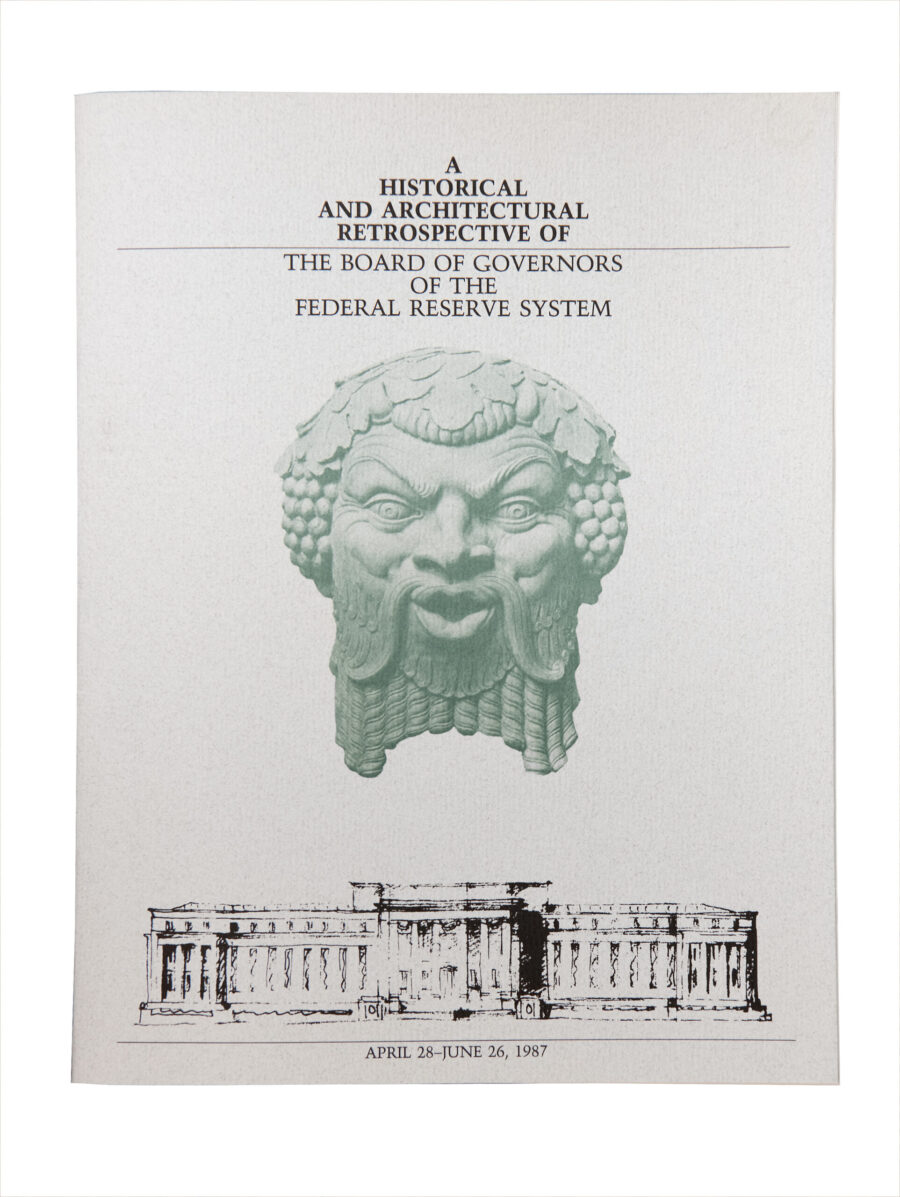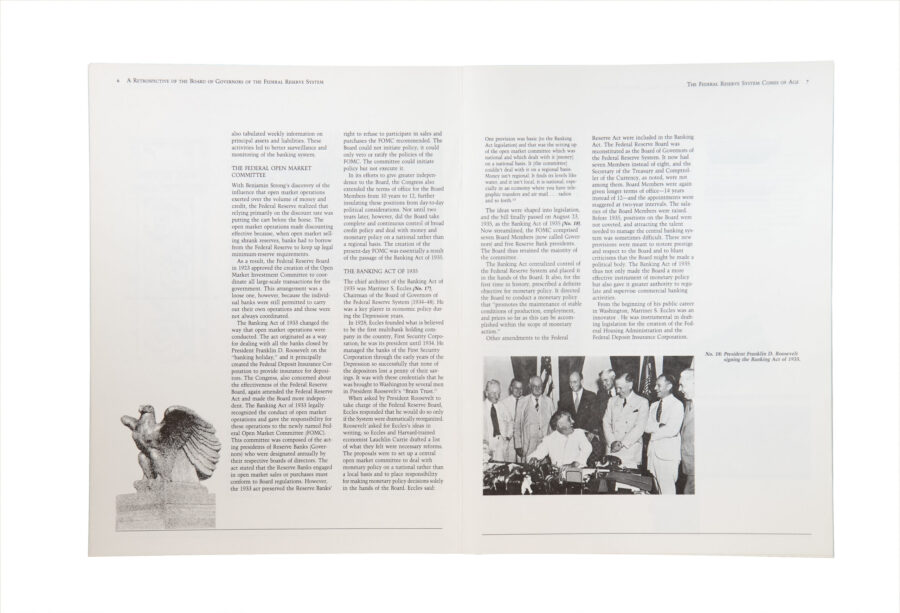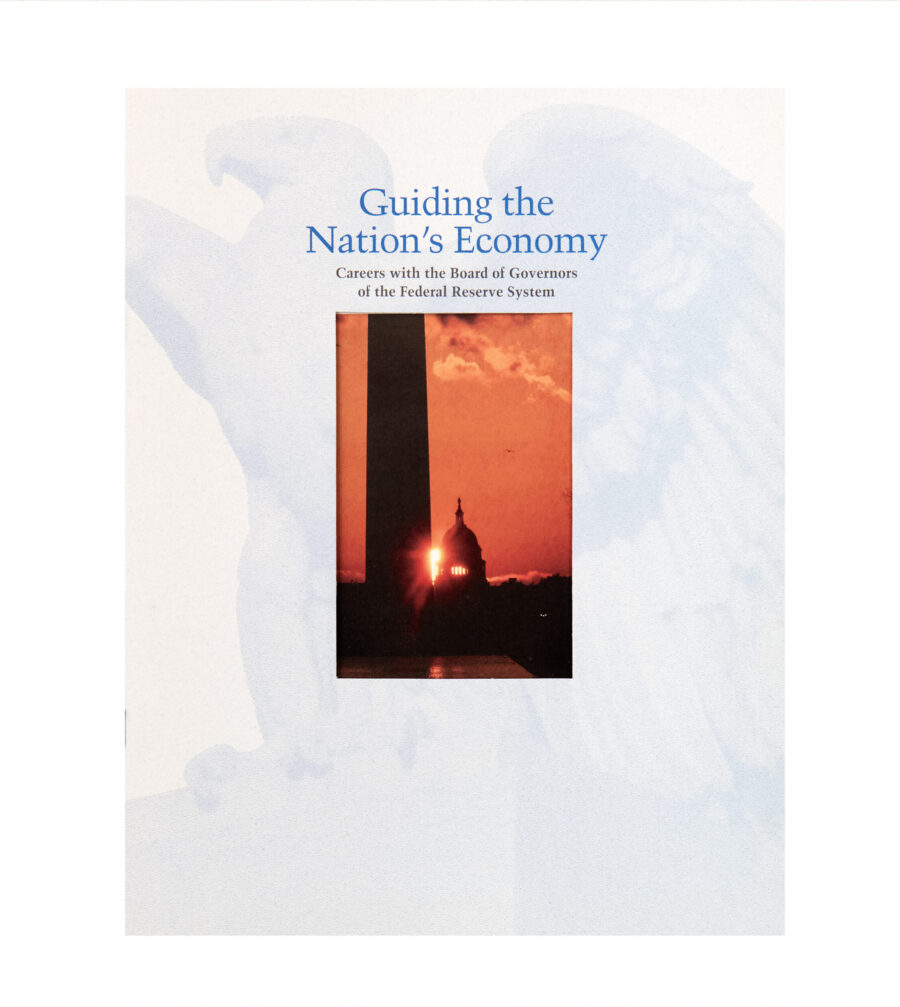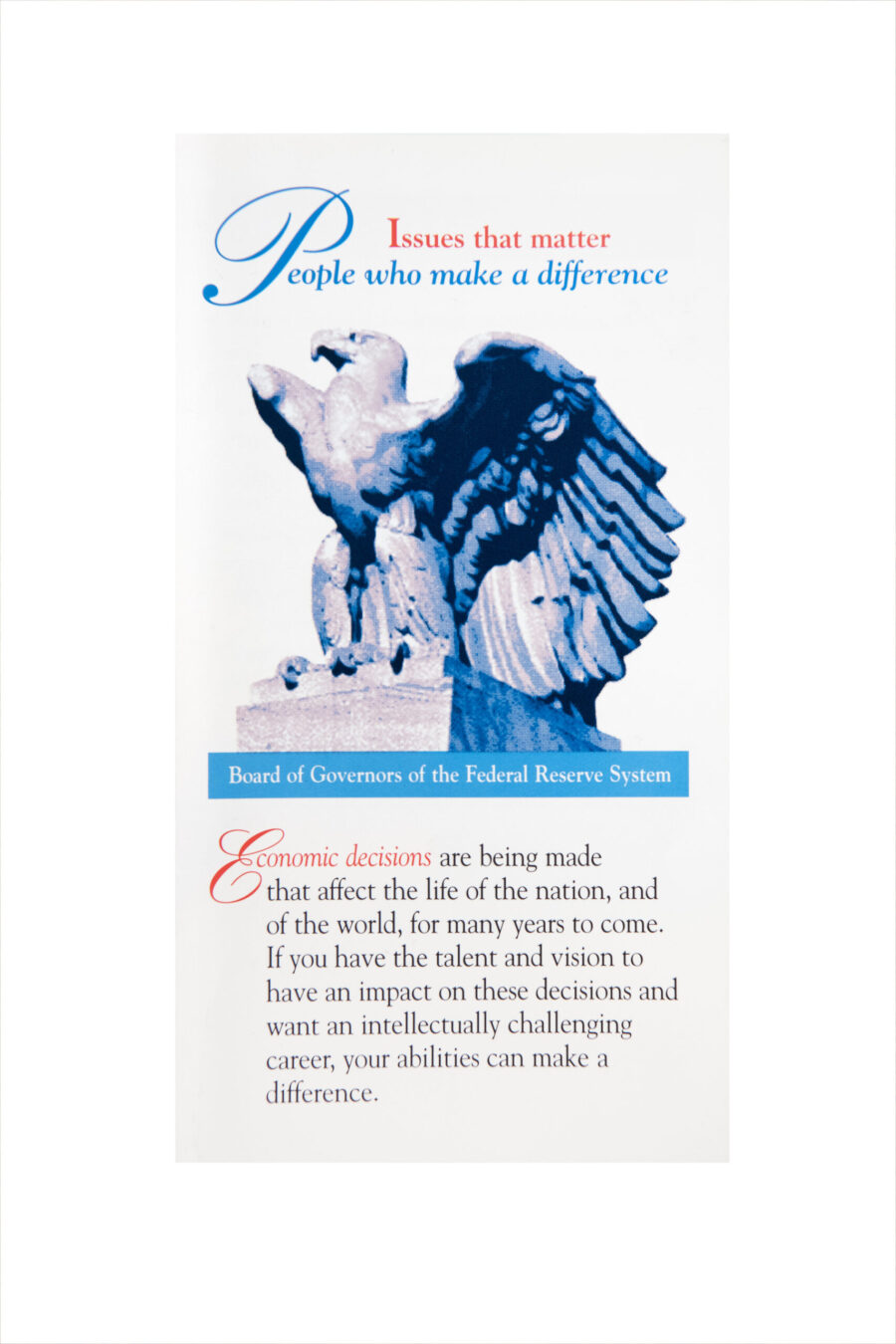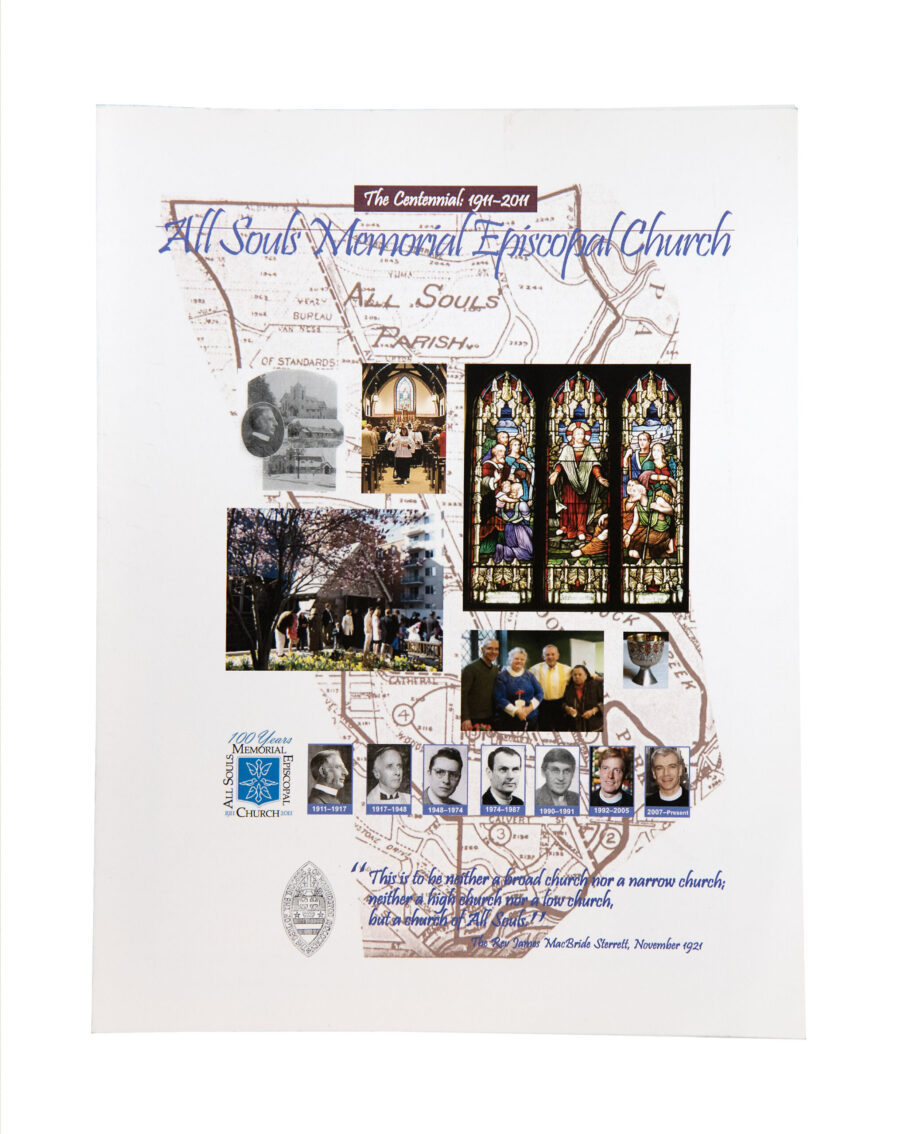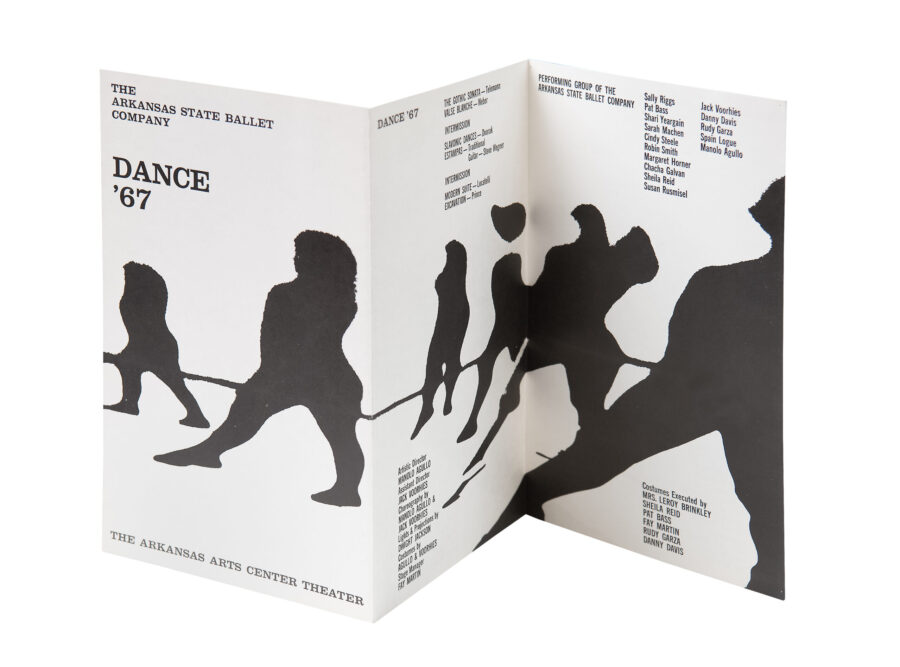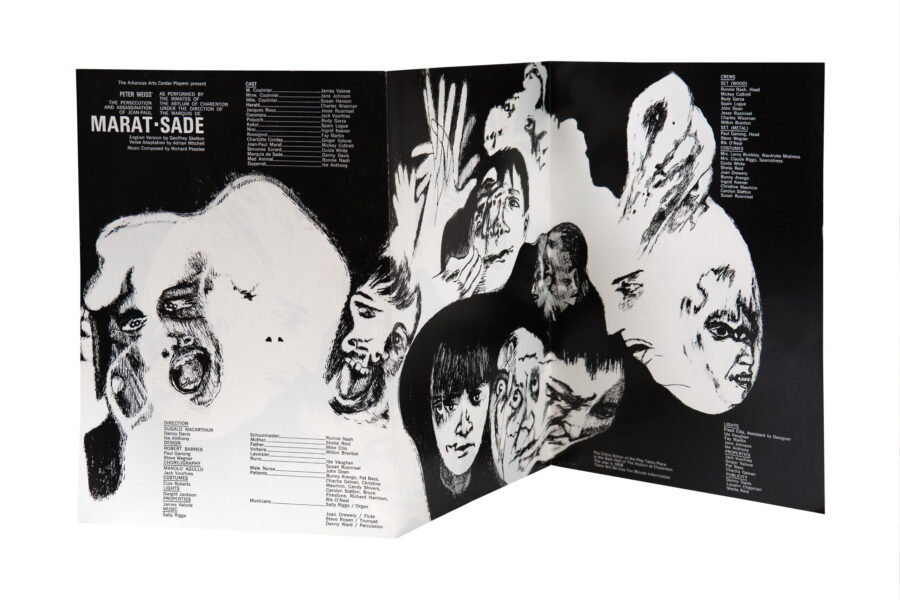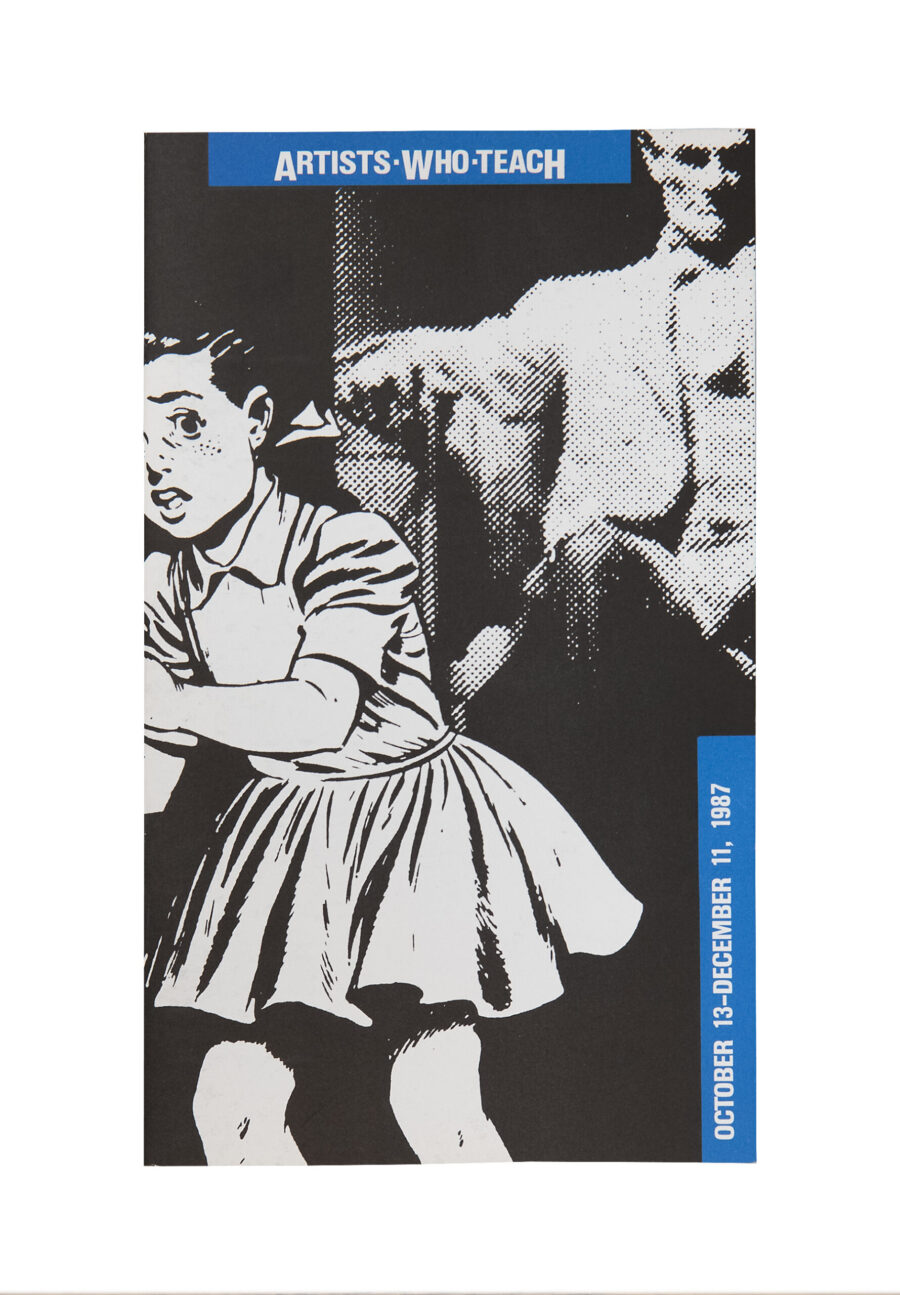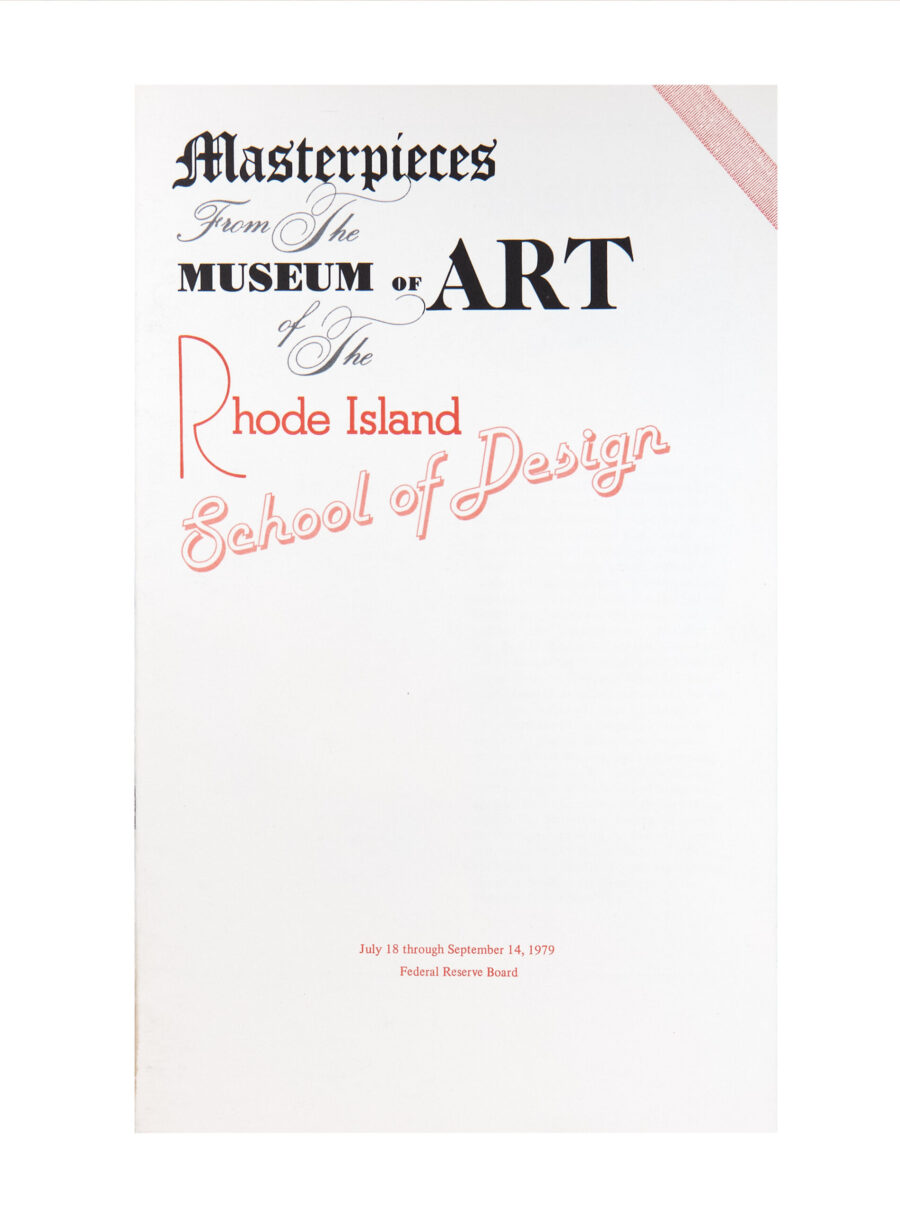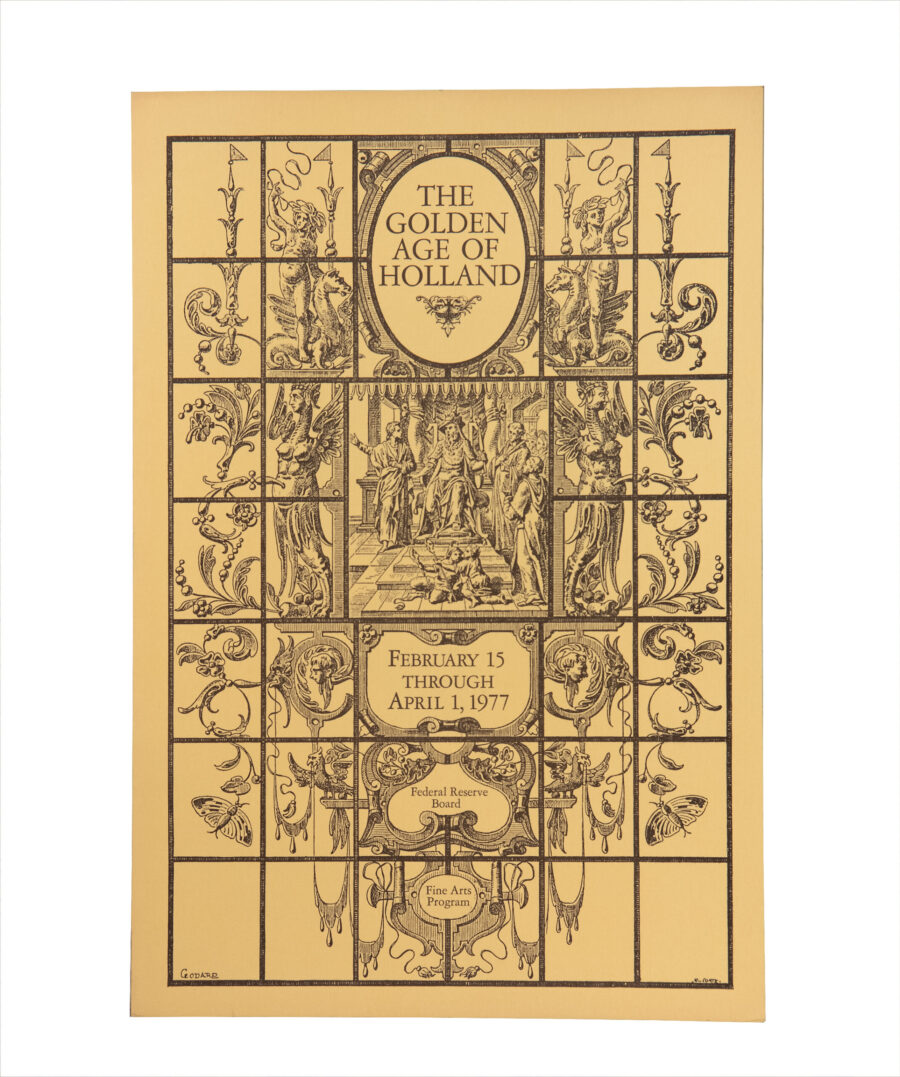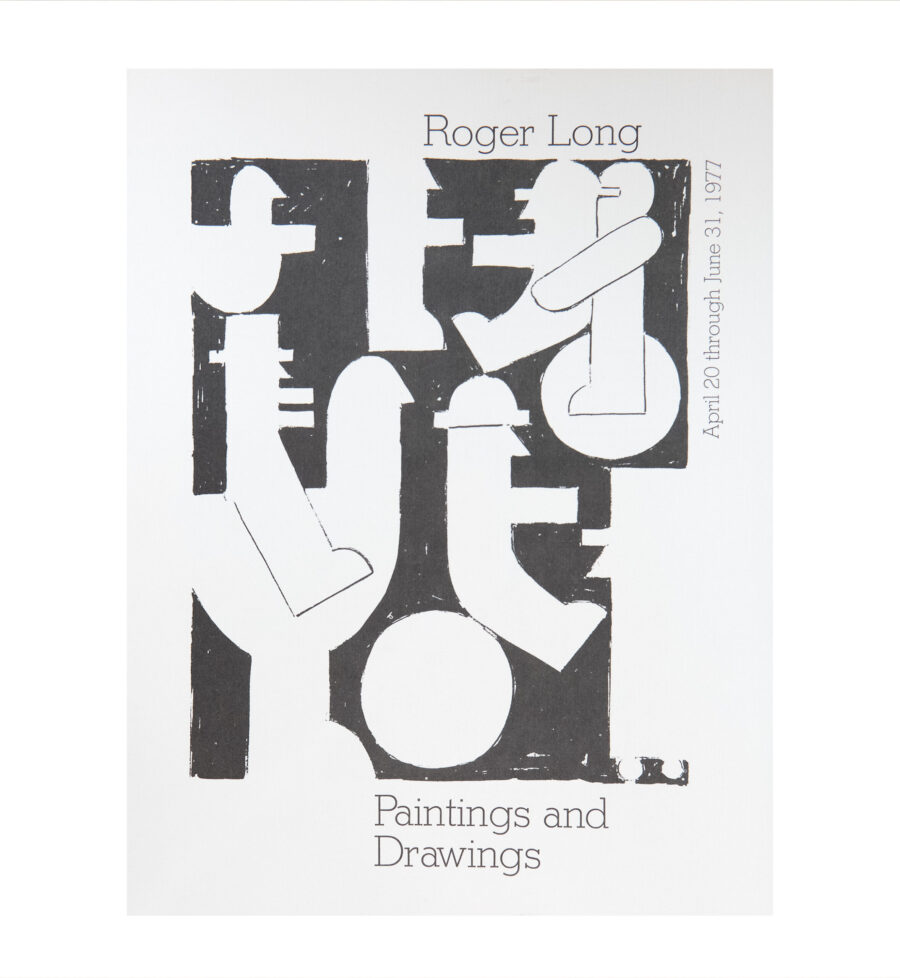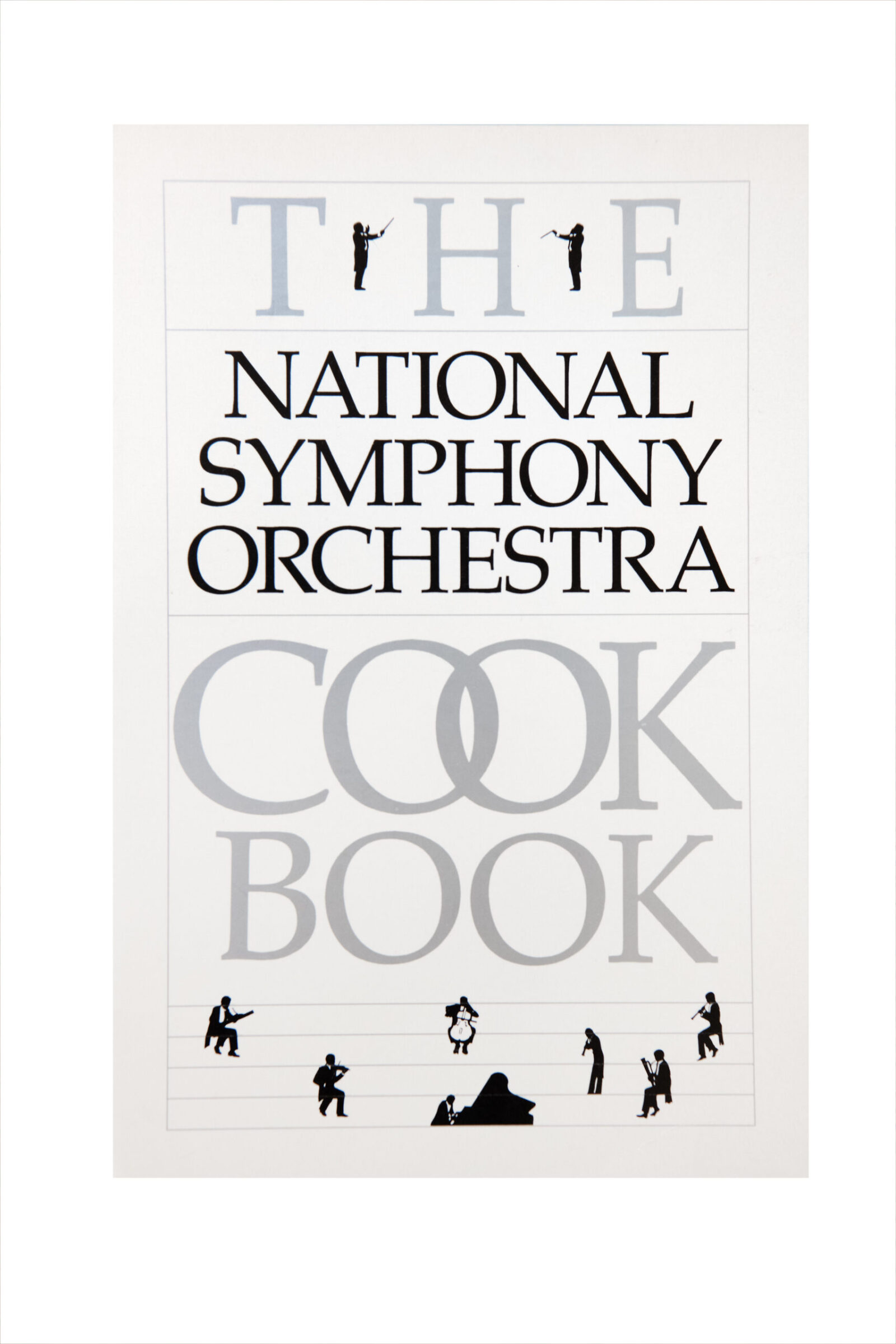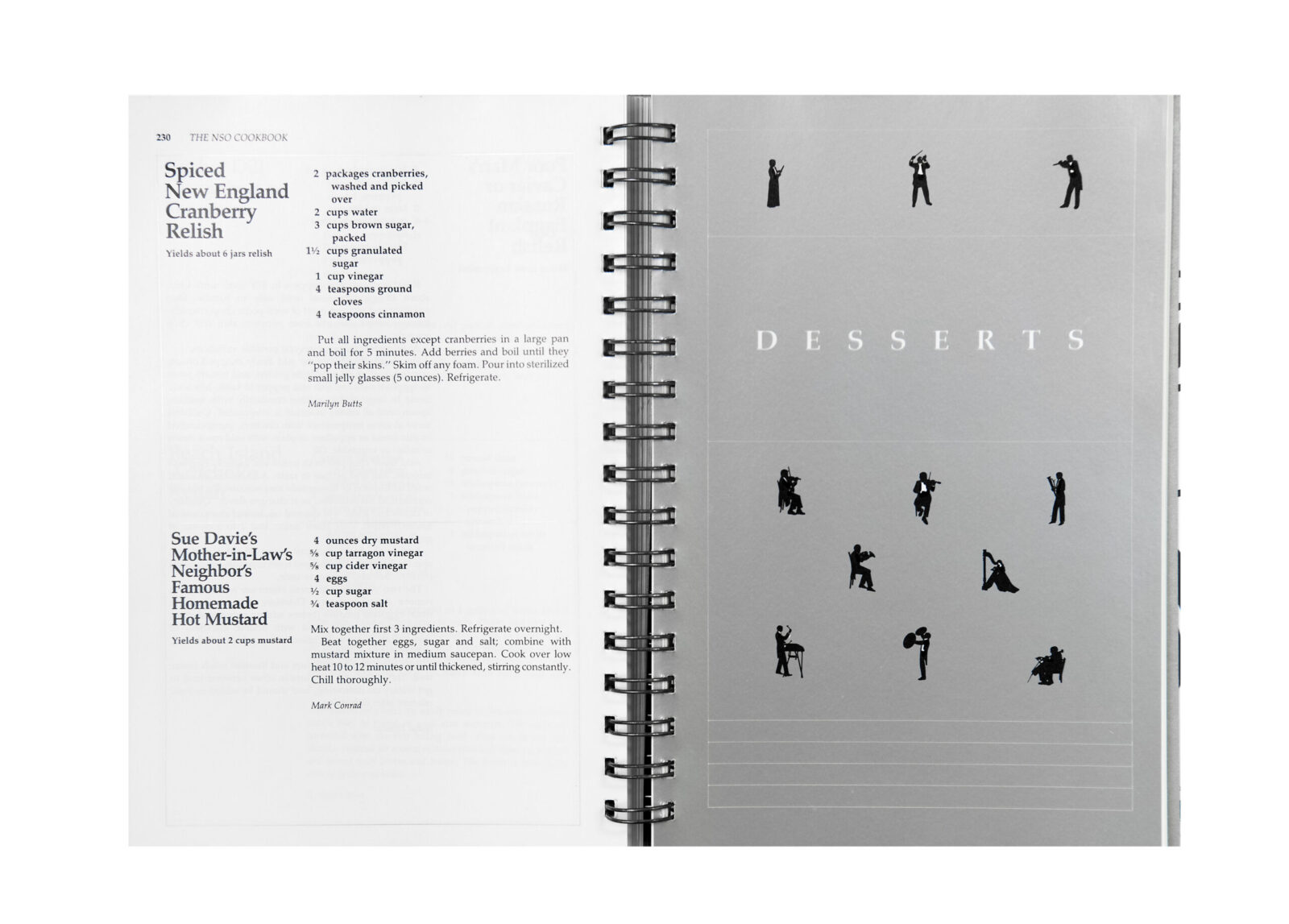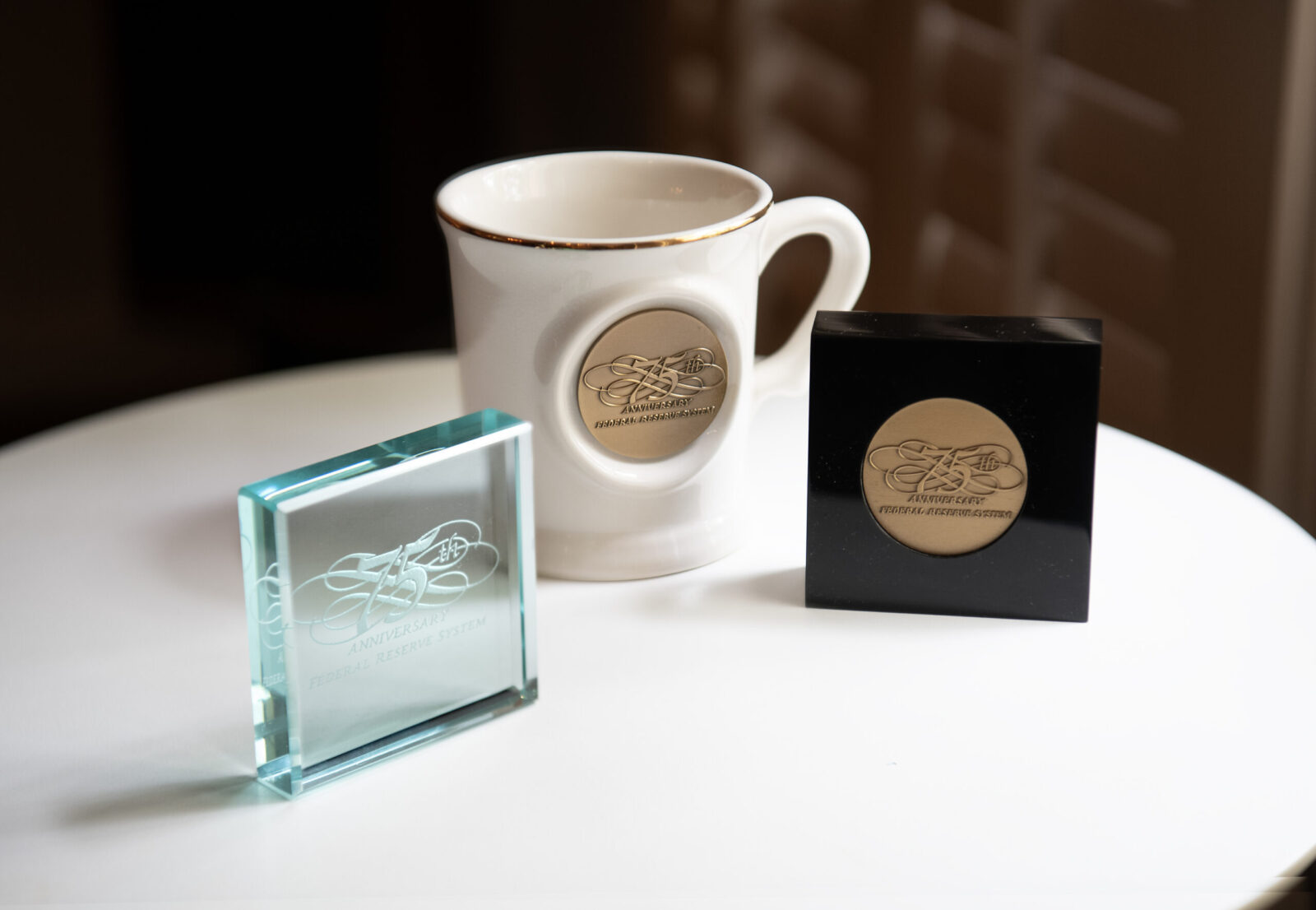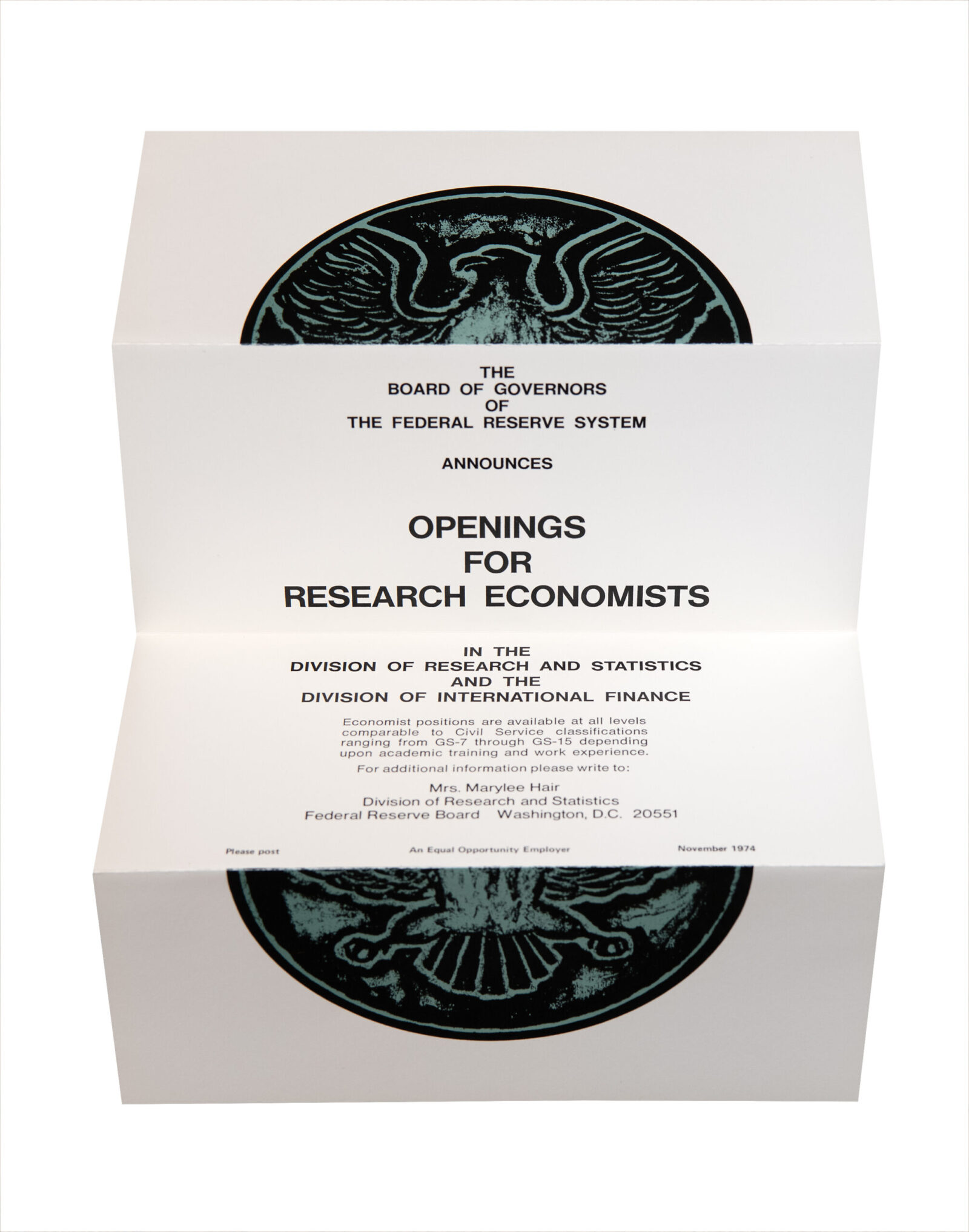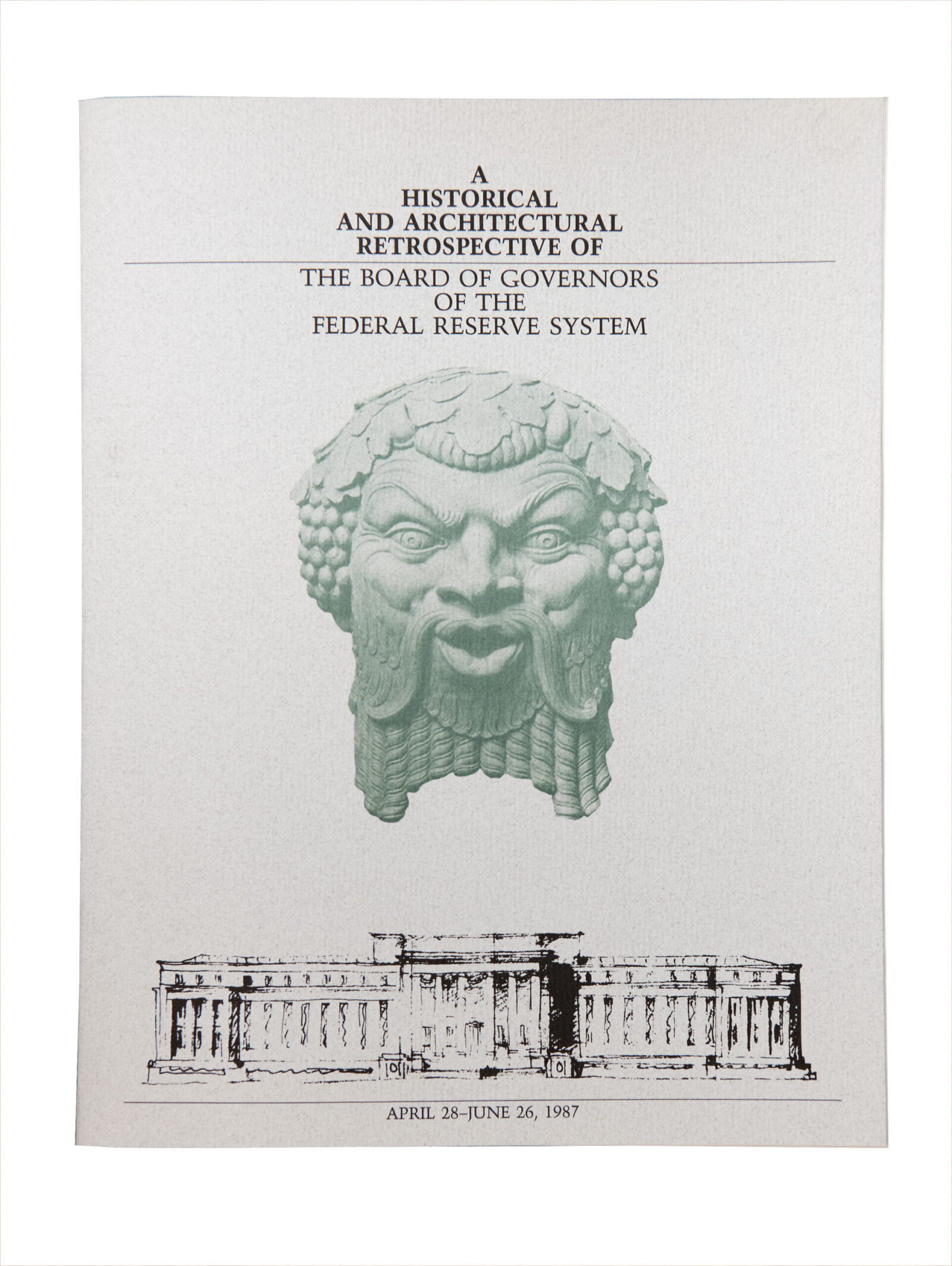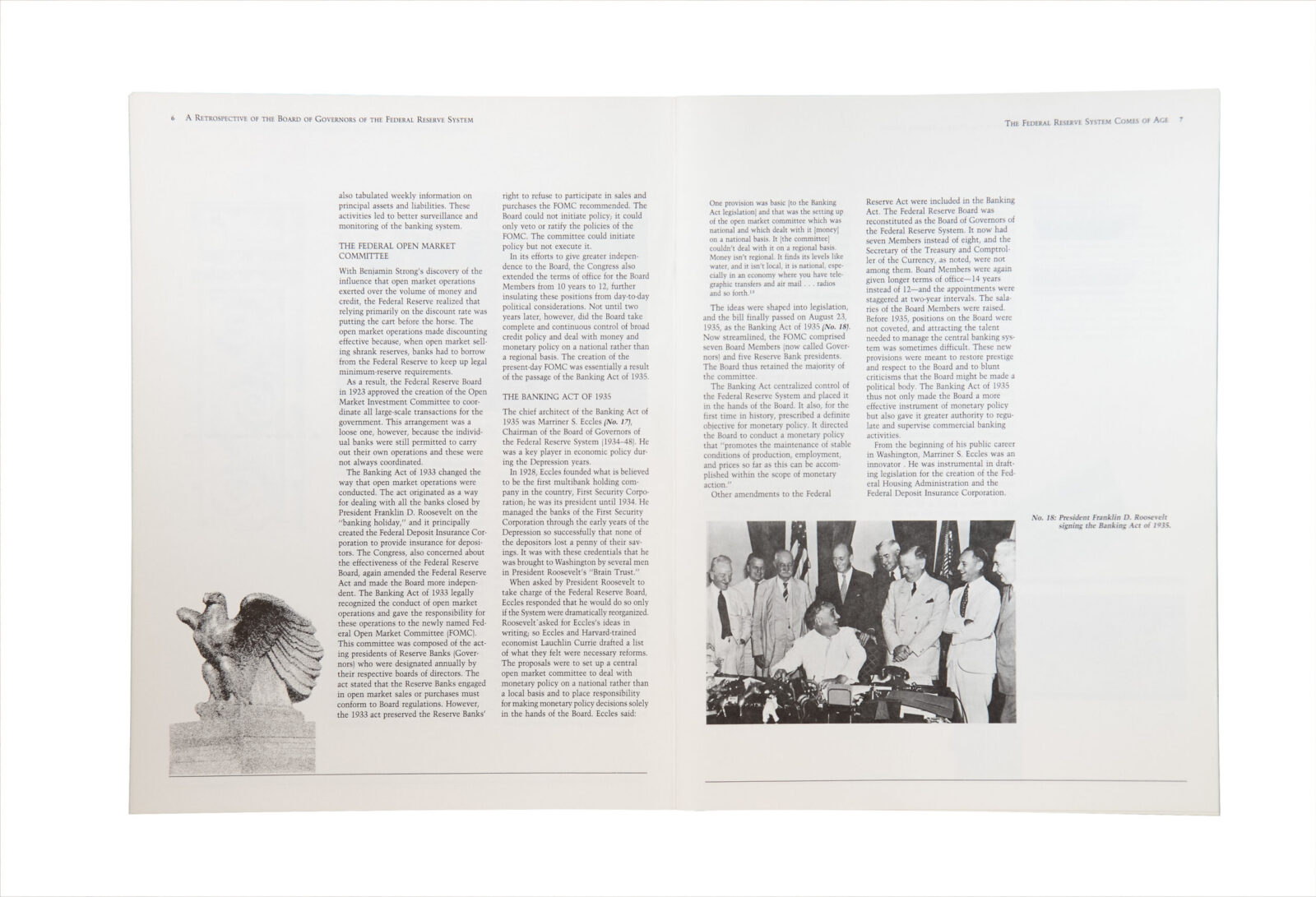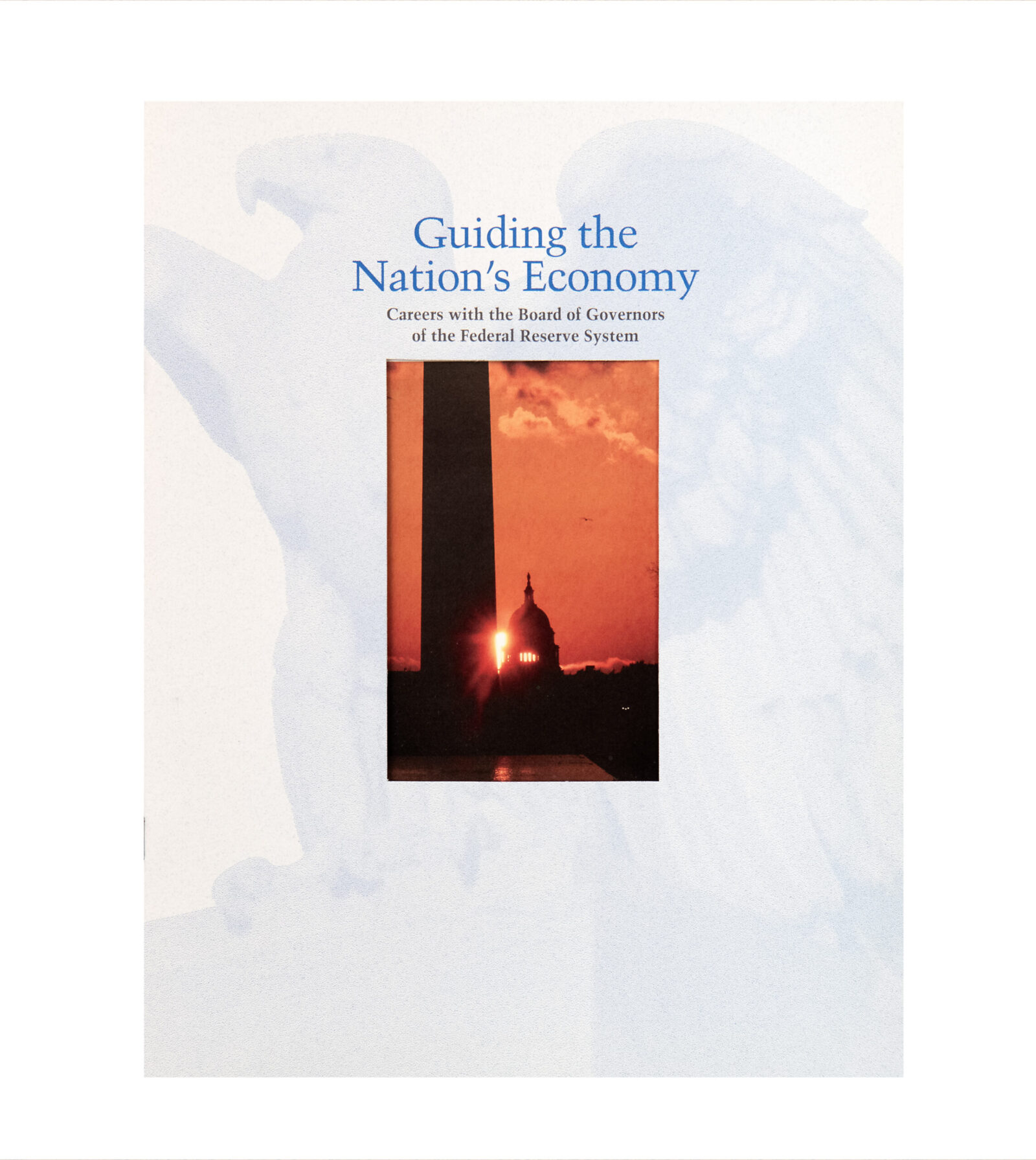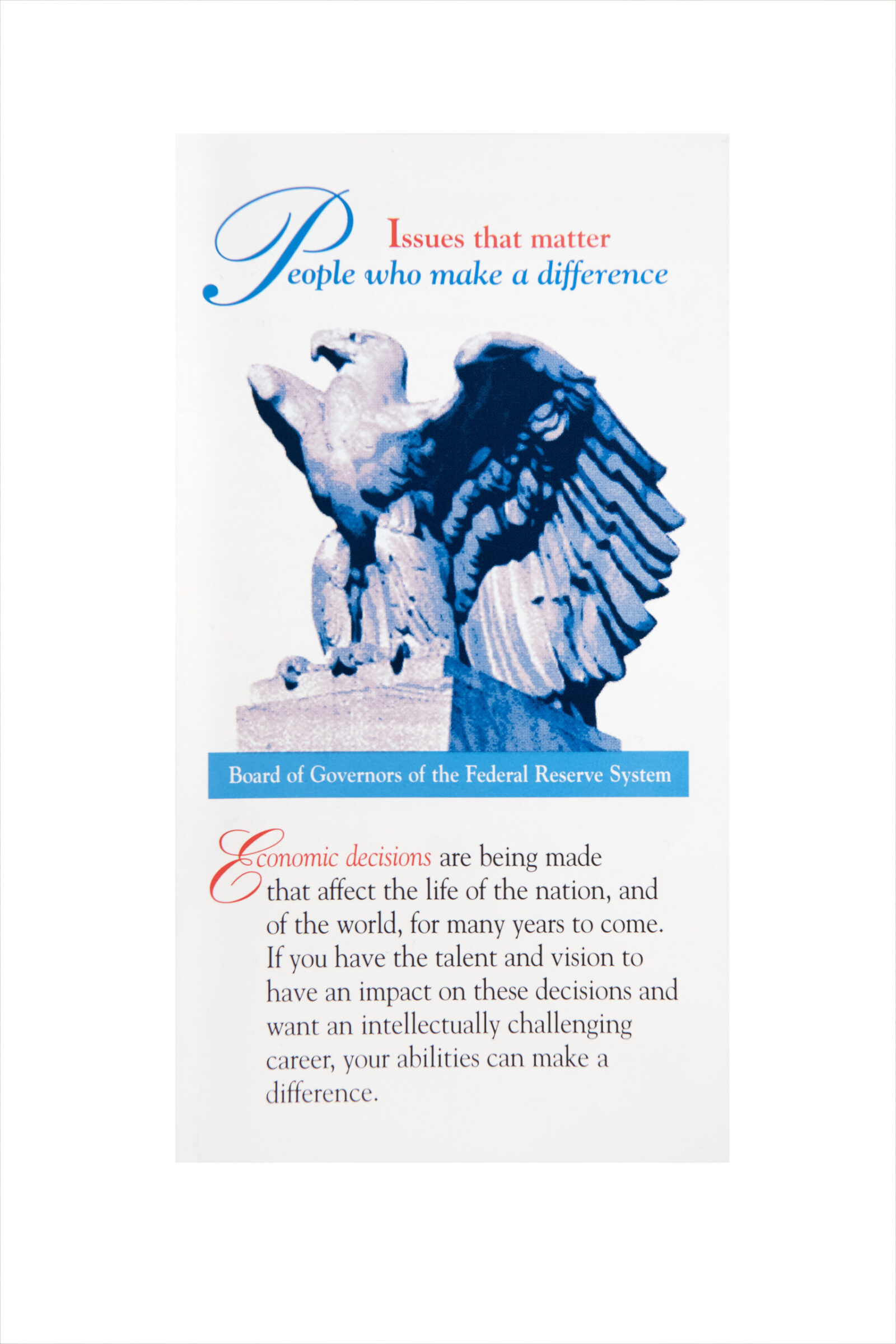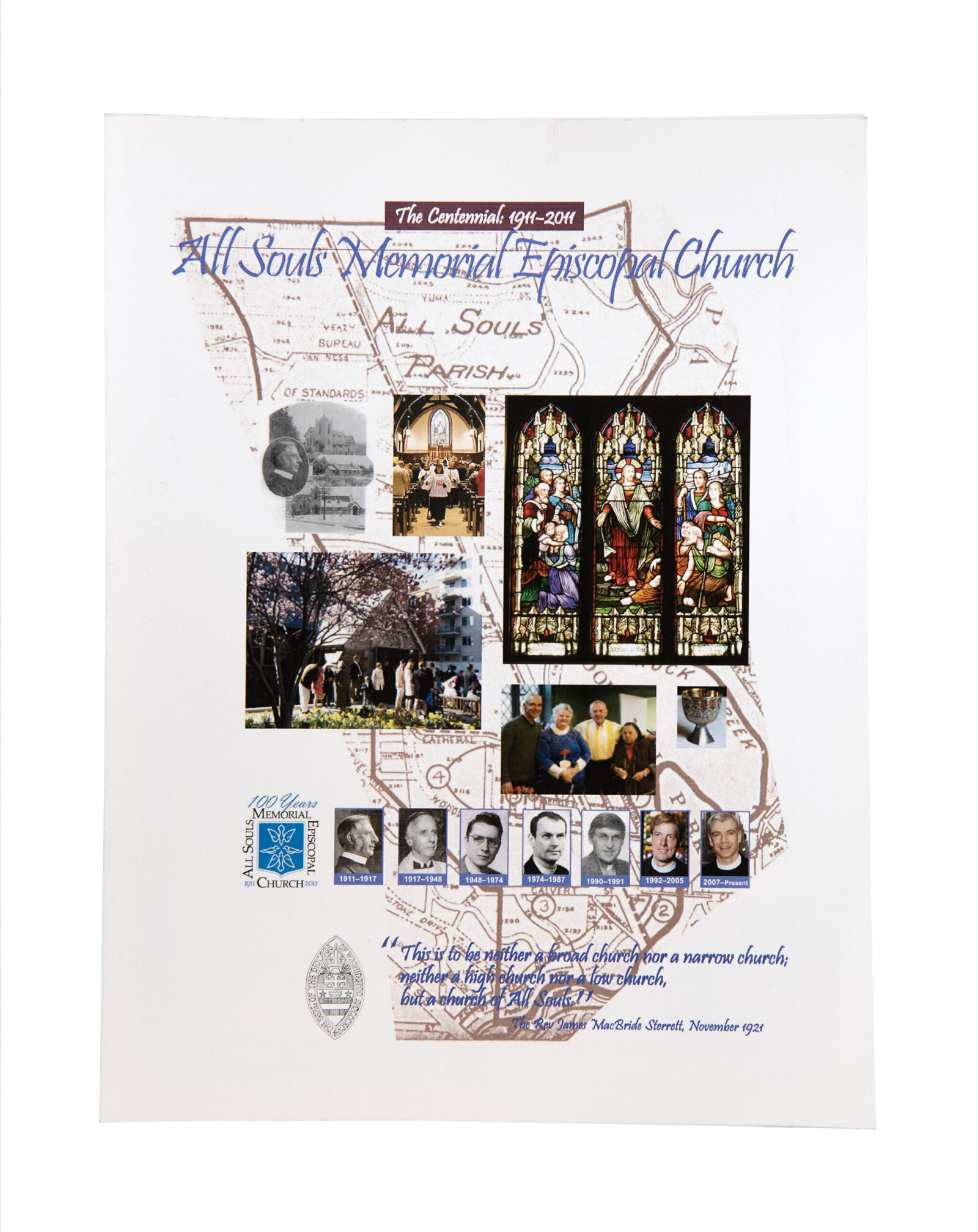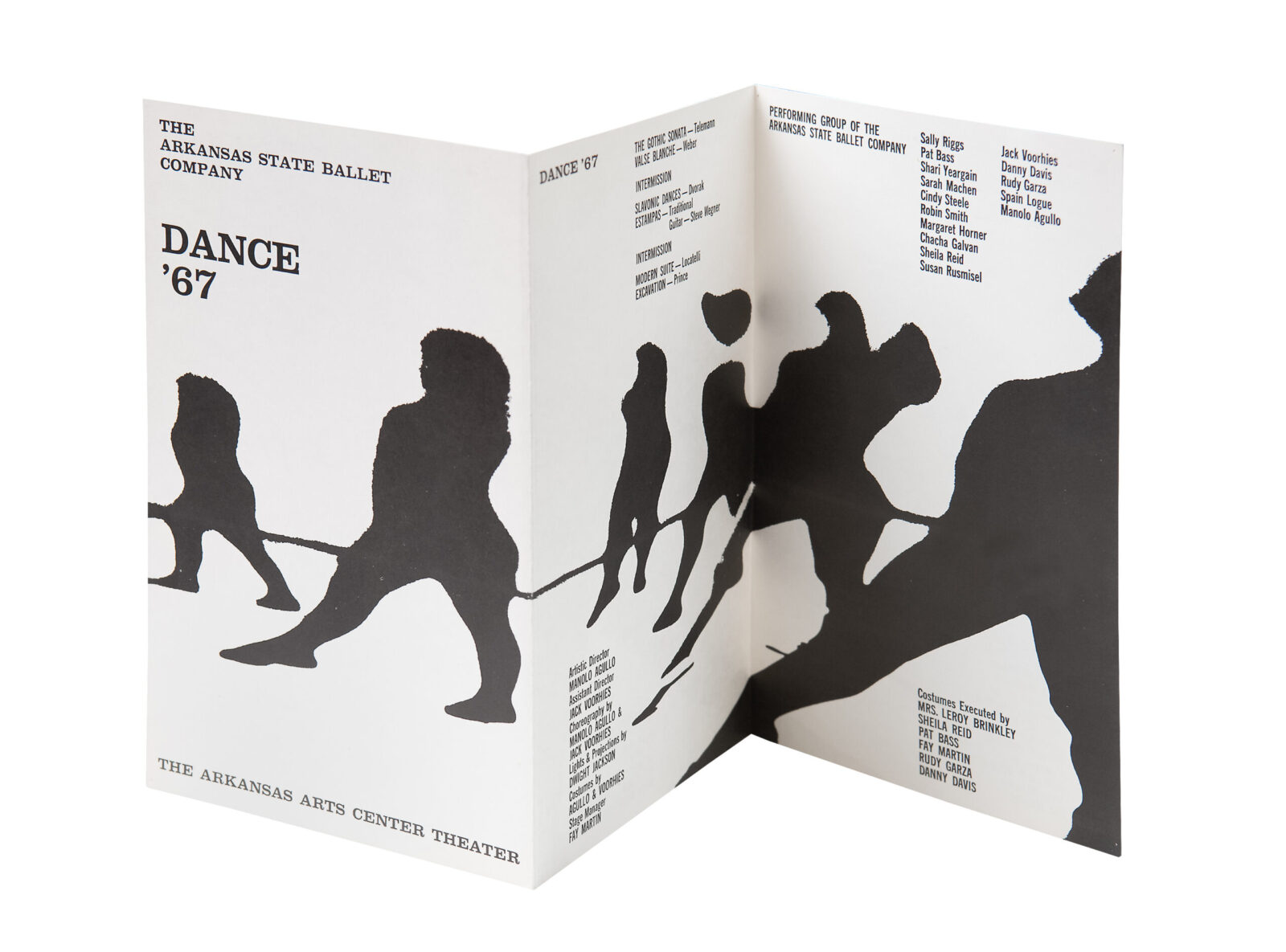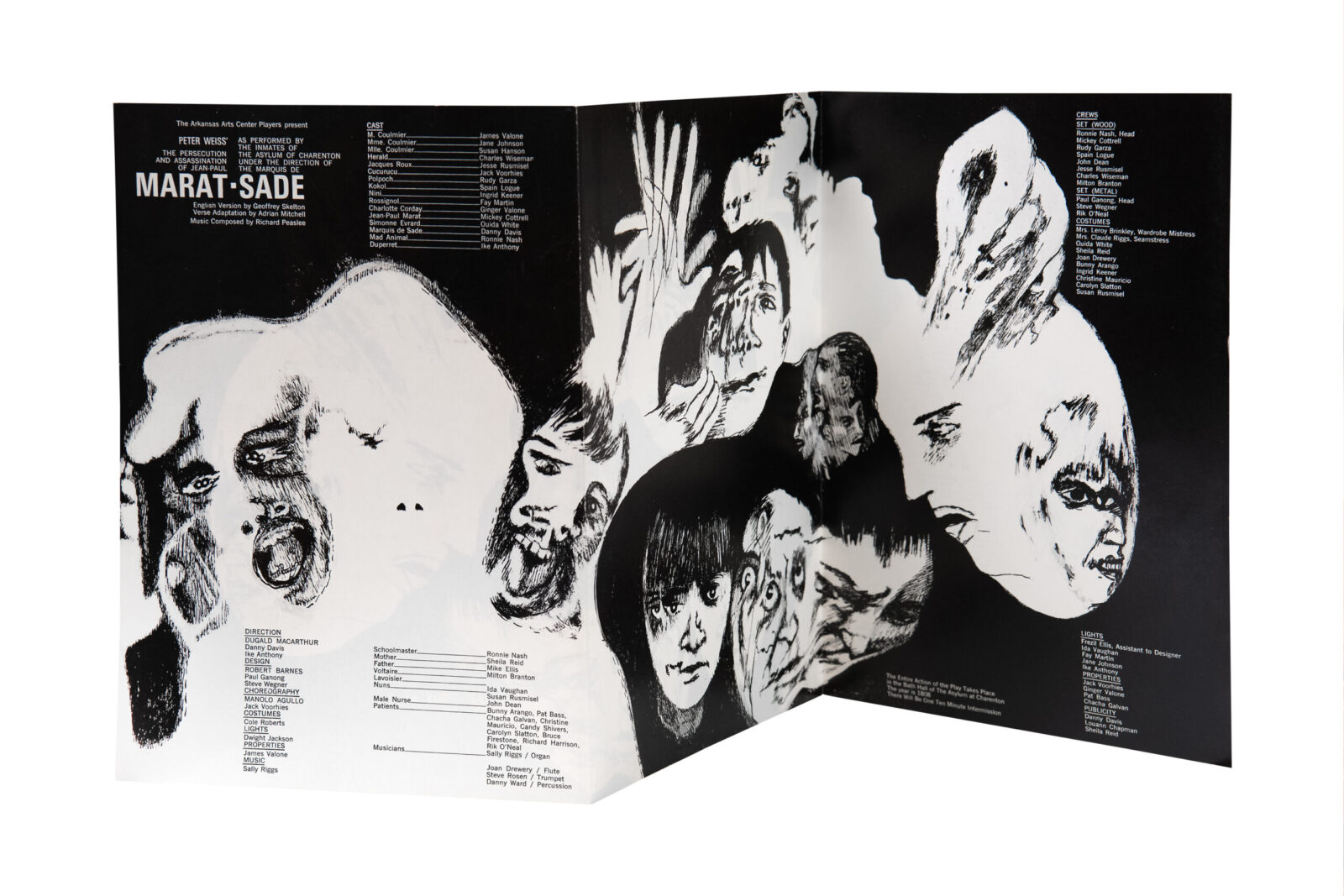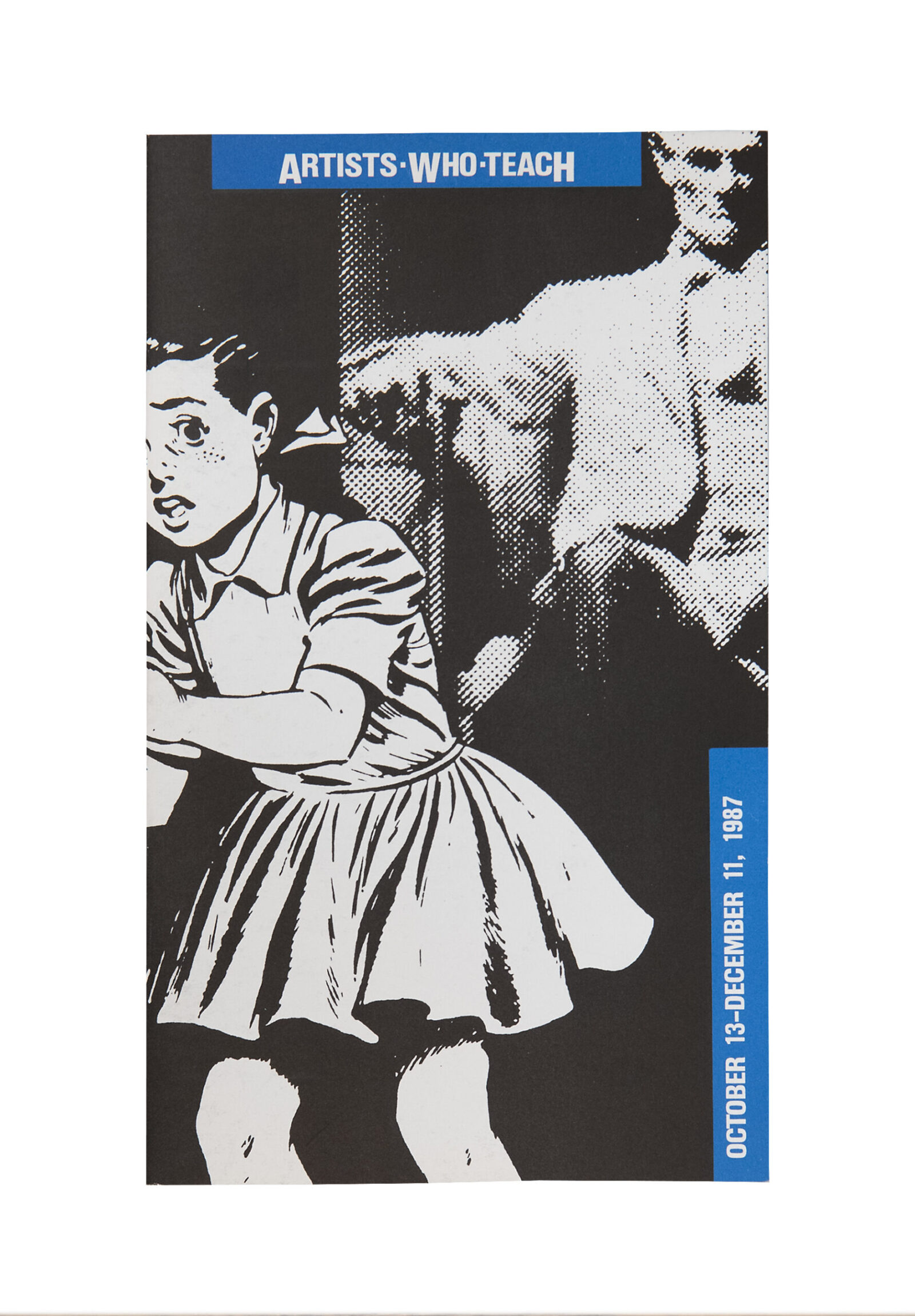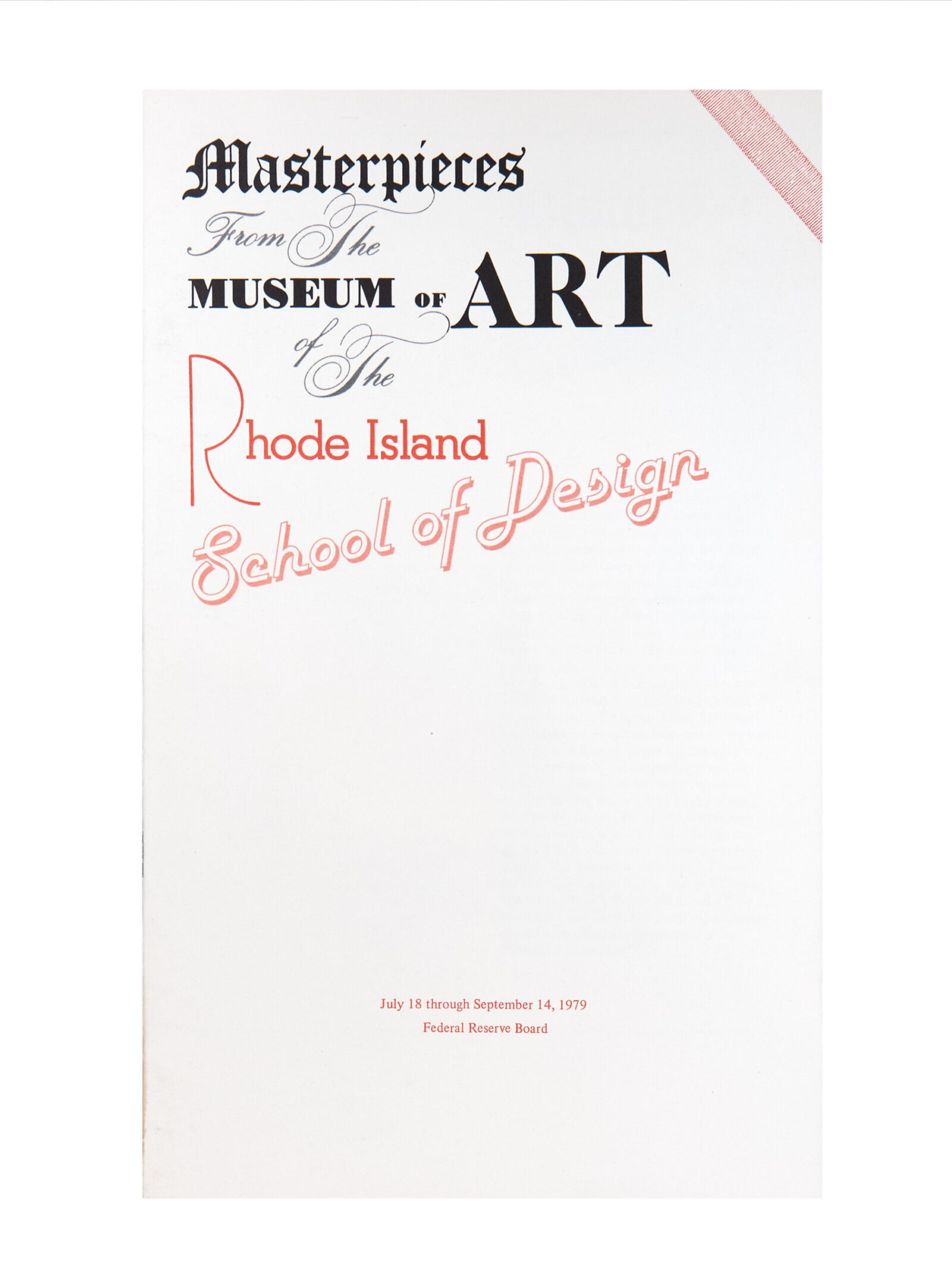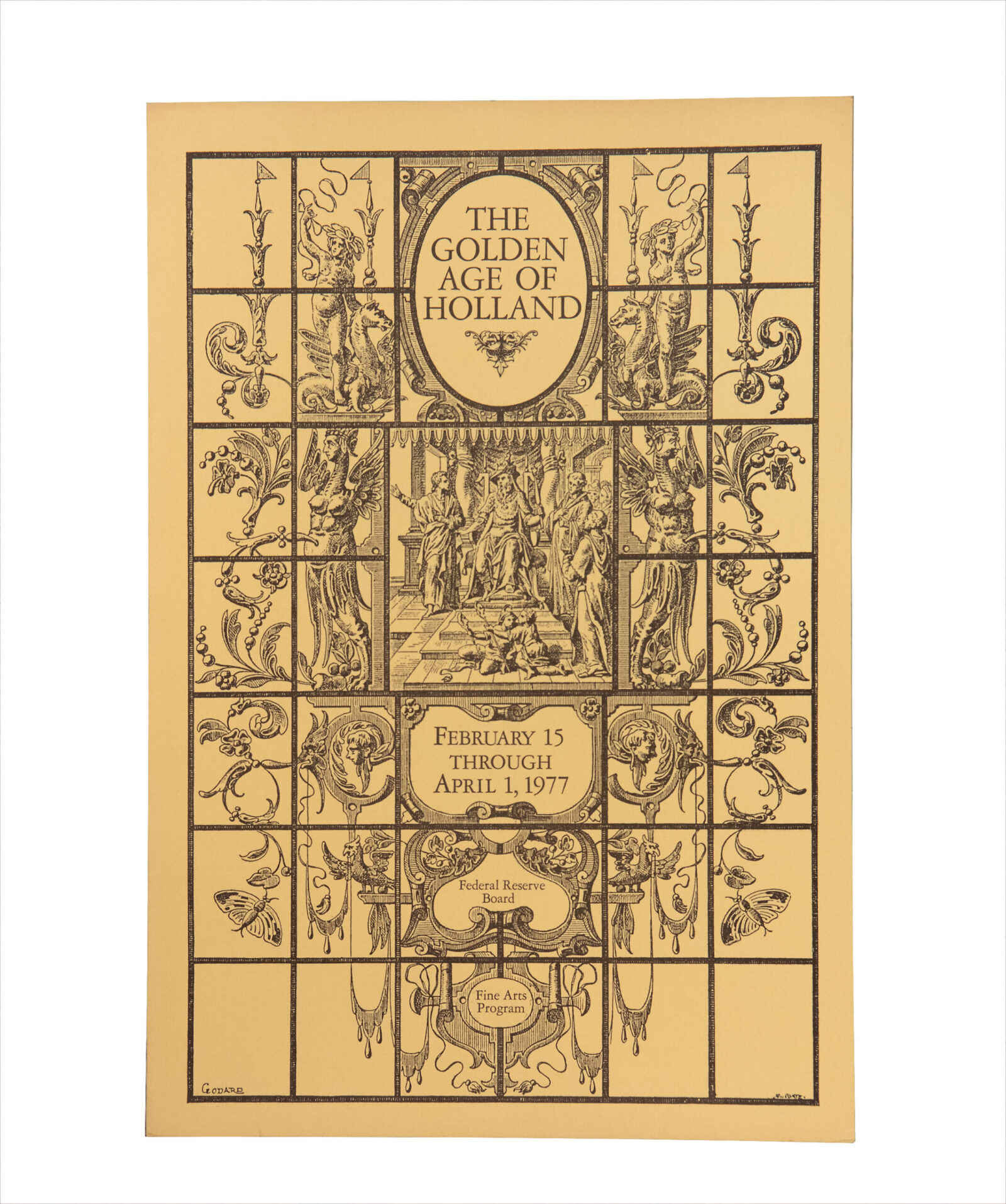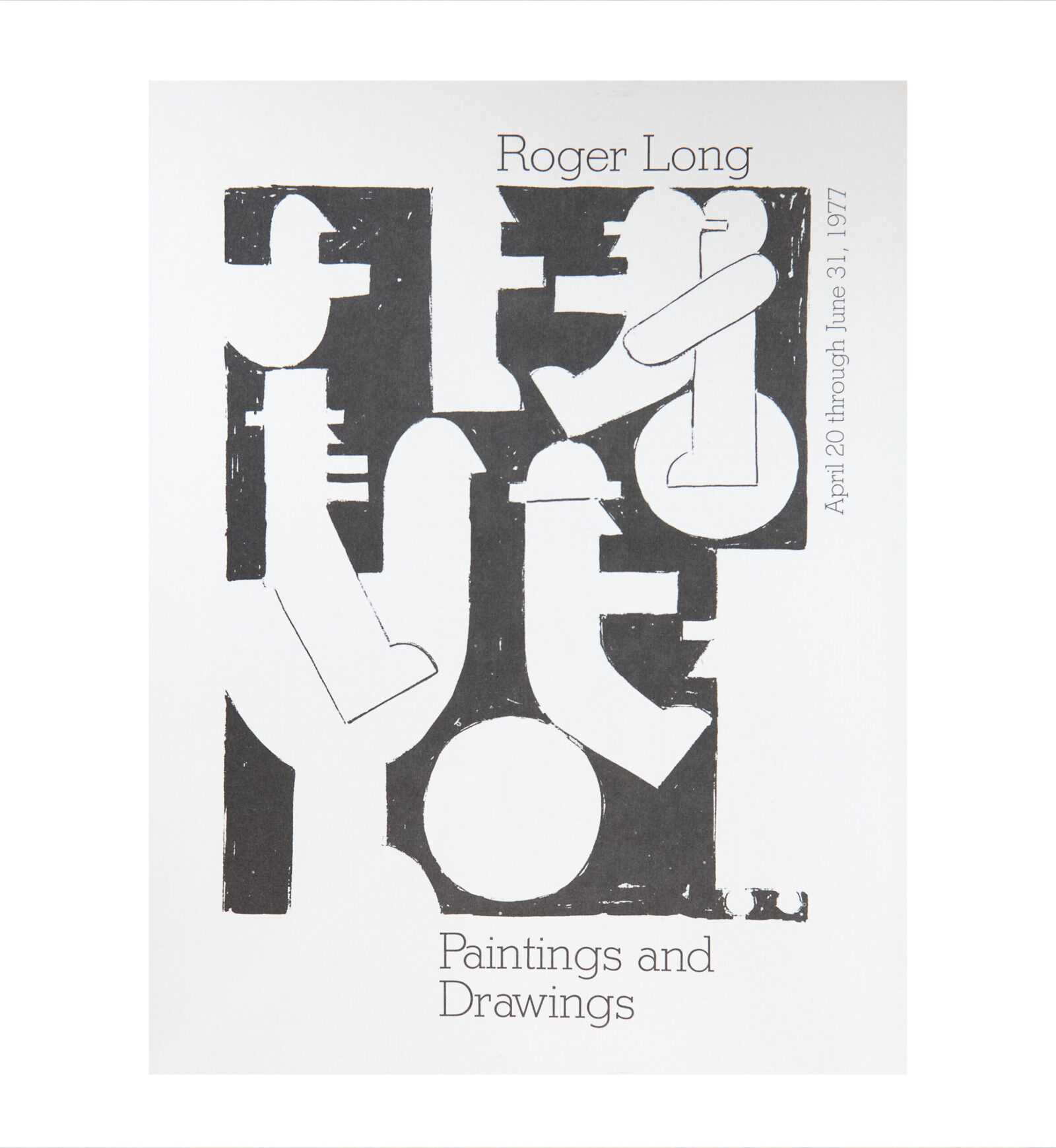Huber story intro
By Amy Karagiannakis
The graphic design industry has evolved greatly over time. While some may claim that the origins of graphic design date back as far as almost 40,000 years ago in the form of early cave paintings, the industry as we know it today began roughly around the very beginning of the 19th century. Perhaps the most significant period in the evolution of graphic design took place from the 1960s onward as the industry slowly moved from the Swiss Style to the digital era. Alumnus Barry E. Huber (MFA ’66) had the fortunate lived experience of working in graphic design during this transition.

Barry Huber (MFA ’66)
Huber story part 2
Barry Huber first came to the University of Illinois campus in 1962 when he attended a convention for his fraternity Alpha Rho Chi. He was immediately drawn to the beautiful architecture of the buildings on campus and became particularly interested in the new graphic design program that was being developed. “It was my senior year at Penn State, and I knew that if I didn’t continue my education, I would likely be drafted. At the time, I had wanted to go into teaching following graduate school.” He was accepted into the new graphic design program at the School of Art and Design at Illinois, and following his graduation from Pennsylvania State University, Barry enrolled as a graduate student in 1963. It was at this time that the counterculture movement began to take off. Artists were challenged to push the boundaries of traditional design, manipulating typography to evoke different meaning and feelings. It was a great time to be a graphic design student as this shift away from more conservative design of the 1950s was taking place. It was through Huber’s thesis that he himself explored how manipulating color, size, and position of type on a page could in fact alter the meaning of the text just by changing its visual appearance.

Barry Huber (MFA ’66)
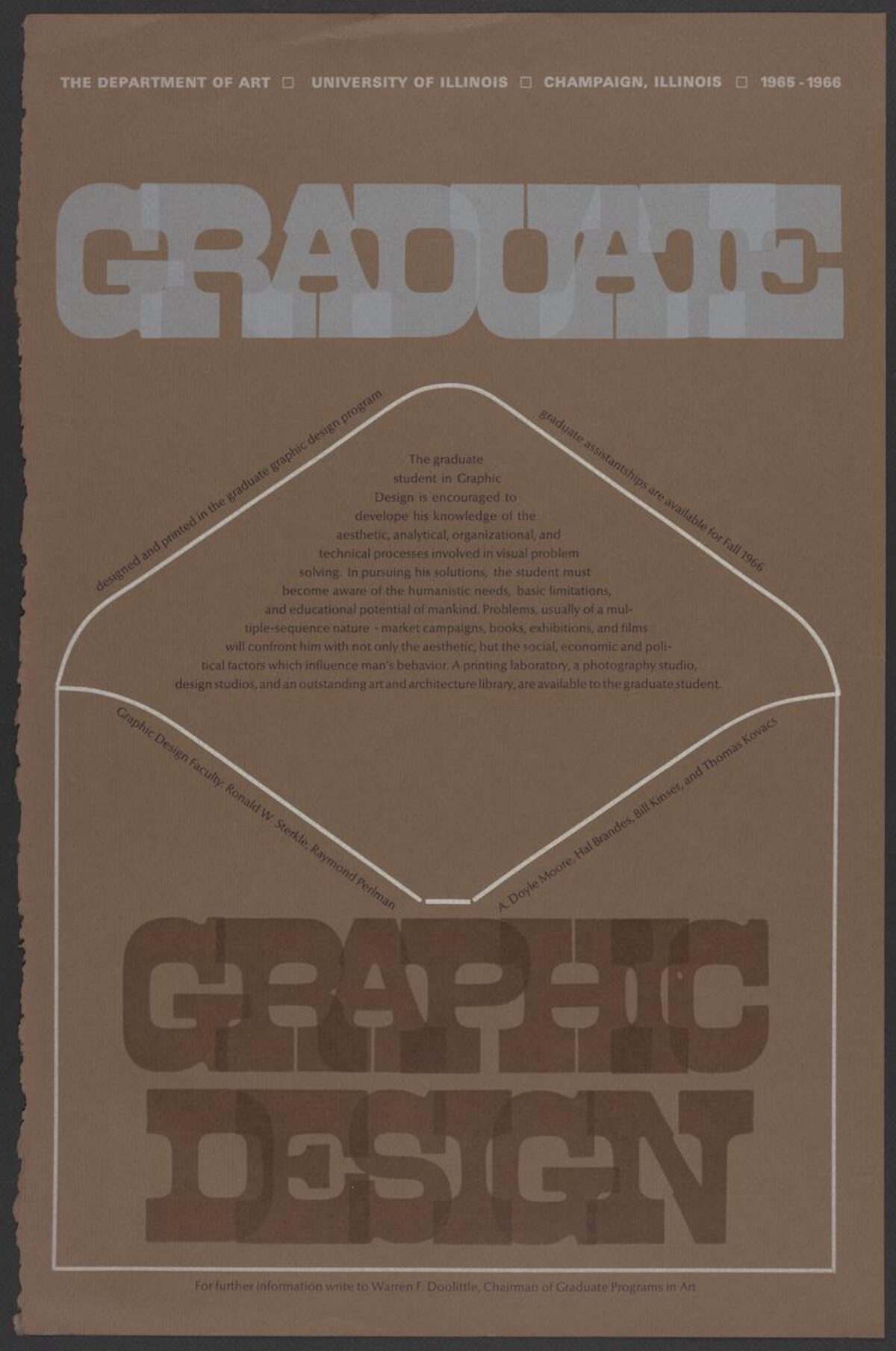
Recruitment flyer for the newly established Graphic Design graduate program at the University of Illinois (1965)
HUber story part 3
Barry Huber, along with three other classmates, became the inaugural Master of Fine Arts in Graphic Design graduating class in 1966. Following graduation, he was able to secure his first job at the Arkansas Arts Center in Little Rock through a University of Illinois connection as a graphic designer and instructor. The school ended up closing after two years, which ended up being a blessing in disguise as Barry had decided that teaching was not for him. Ron Sterkle, a graphic design professor, recommended Barry for a summer internship at the Federal Reserve Board (FRB), which he completed between his second and third year at Illinois. It was through this experience that he was able to secure a position as an experimental designer with the FRB in Visual Graphics in 1968 and later became senior designer. Barry was with the Board for 30 years in which he designed major publications such as annual reports and research reports, recruiting material, fine arts program brochures, exhibit design, and logo types including the Fed’s 75th anniversary logo.
In addition to the work he did for the FRB during that 30-year period, he was also provided opportunities to work on projects for a colleague involved in the fine arts. While he certainly valued the work he did for the Board, it was these projects that brought him the most pride and joy as a graphic designer. One project was a portfolio he designed for the National Symphony Orchestra Ball sponsored by Australia in 1986. Every attendee received a beautifully designed folder that included a program and menu for the evening, as well as multiple other pieces including a photo and signed letter from Ronald and Nancy Reagan. As Barry held and described these individual pieces with such detail and passion, it was very apparent how proud of this work he was. The act of holding and feeling the different textures of a designed print piece is an experience that many of us don’t get to do anymore. So much of graphic design work is now digital that we often miss out on the tactile elements of the art.
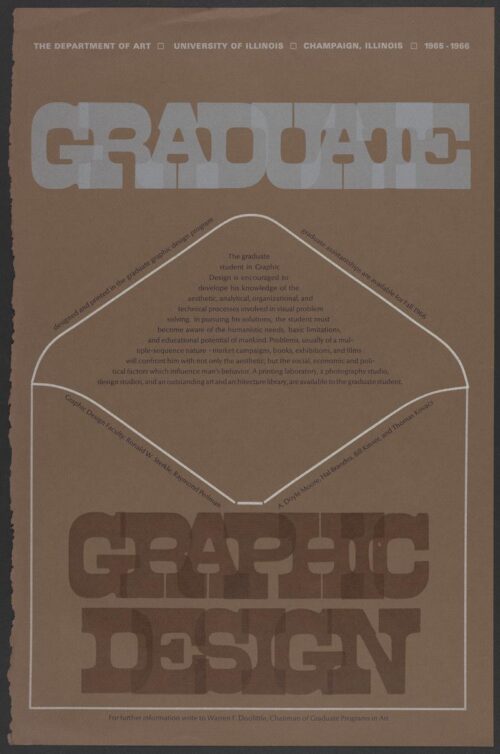
Recruitment flyer for the newly established Graphic Design graduate program at the University of Illinois (1965)
NSO Ball Program
Huber story conclusion
The introduction of Apple’s Macintosh computer in 1984 and the incorporation of PageMaker in 1985 marked the beginning of a new era in graphic design. Barry experienced this transition first-hand and was among the first users of PageMaker when the Federal Reserve Board incorporated desktop computers into their offices. Barry recalled, “I didn’t embrace the change with open arms, but I didn’t fight it either. When we were expected to make the change from the drawing board to desktop publishing, the Fed hired a technician to help with the transition. Just the simple fact that you could print multiples so much easier was enough motivation to welcome the new technology. I did eventually become very proficient in PageMaker.” Adobe InDesign later replaced PageMaker as the go-to desktop publishing and design software as the field moved from print to web design. It was around this time when Barry retired from the Federal Reserve Board in 1998.
Shortly after retiring, Barry took on the role of parish administrator at All Souls Memorial Episcopal Church in Washington, DC. In the nine and a half years he served with the church, Barry prepared weekly service bulletins, a quarterly newsletter, the 100th anniversary logotype, and a brochure Welcome to the Windows of All Souls which served as a self-guided tour of the windows in the church. Barry, along with a fellow parishioner and member of the Acolyte Guild, wrote and designed A Handbook for Servers that contained nine insert booklets. This handbook showcases Barry’s creative use of different materials, including the antique grandee surface of the cover stock and a coated stock insert with a photo of the altar. Each insert demonstrates a consistent design and layout and is tailored to each service responsibility.
Barry continues to enjoy his retirement with his partner of 31 years Olen “Butch” Bradburn. When asked about his thoughts on the design industry and where it’s going, Barry shared, “Graphic design used to be a profession. Now everyone is a graphic designer. Anyone can now so easily do it if you have InDesign. It still takes imagination and creativity. My creative outlet now comes from the tablescapes for our dinner parties and handmade invitations and thank you notes.” The graphic design graduate program at the School of Art and Design is now in its 57th year. It was Barry Huber, his fellow classmates, and passionate faculty like Ron Sterkle and A. Doyle Moore that allowed the program to develop and grow into what it is today.
